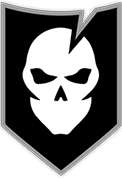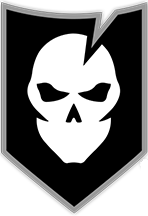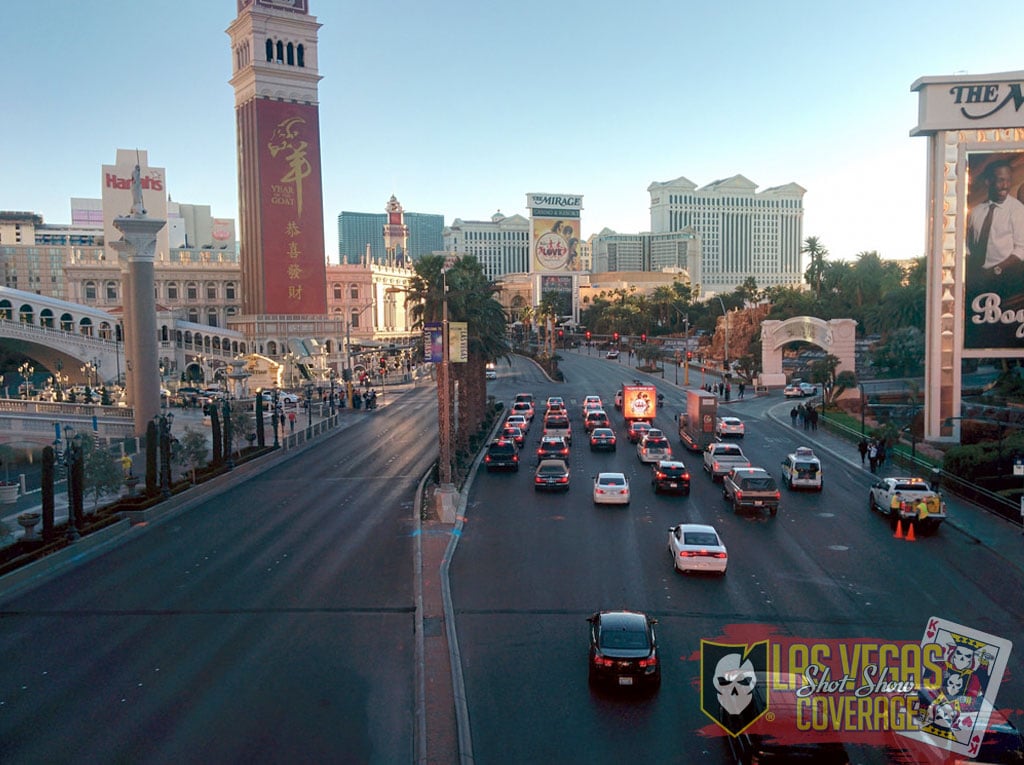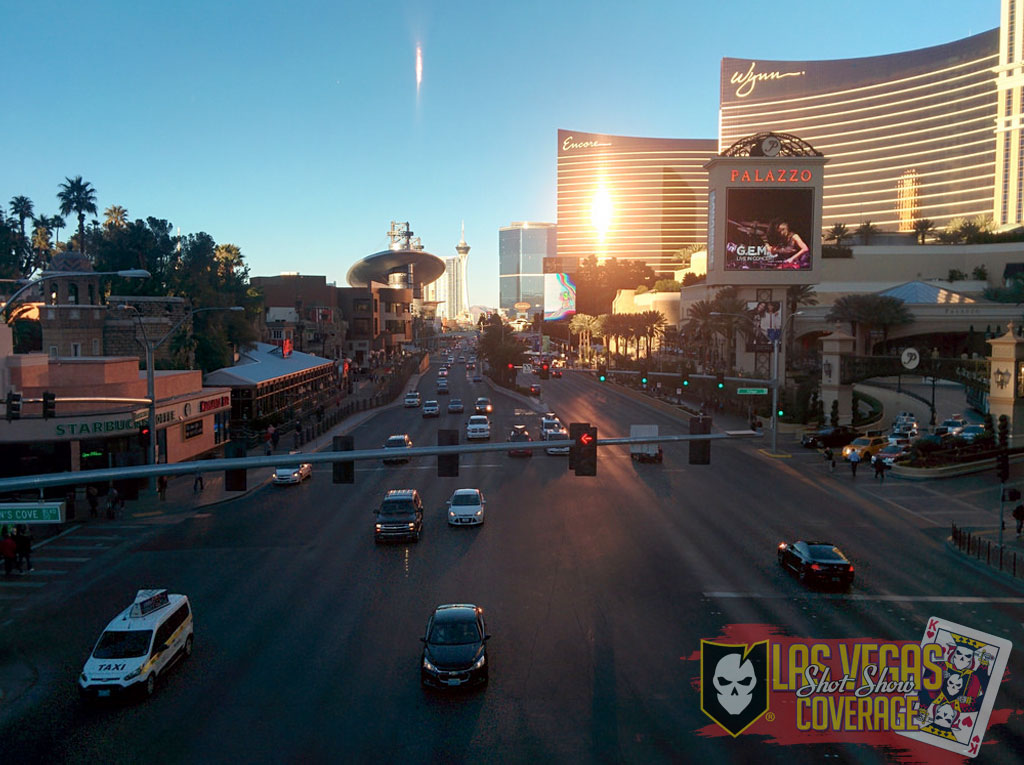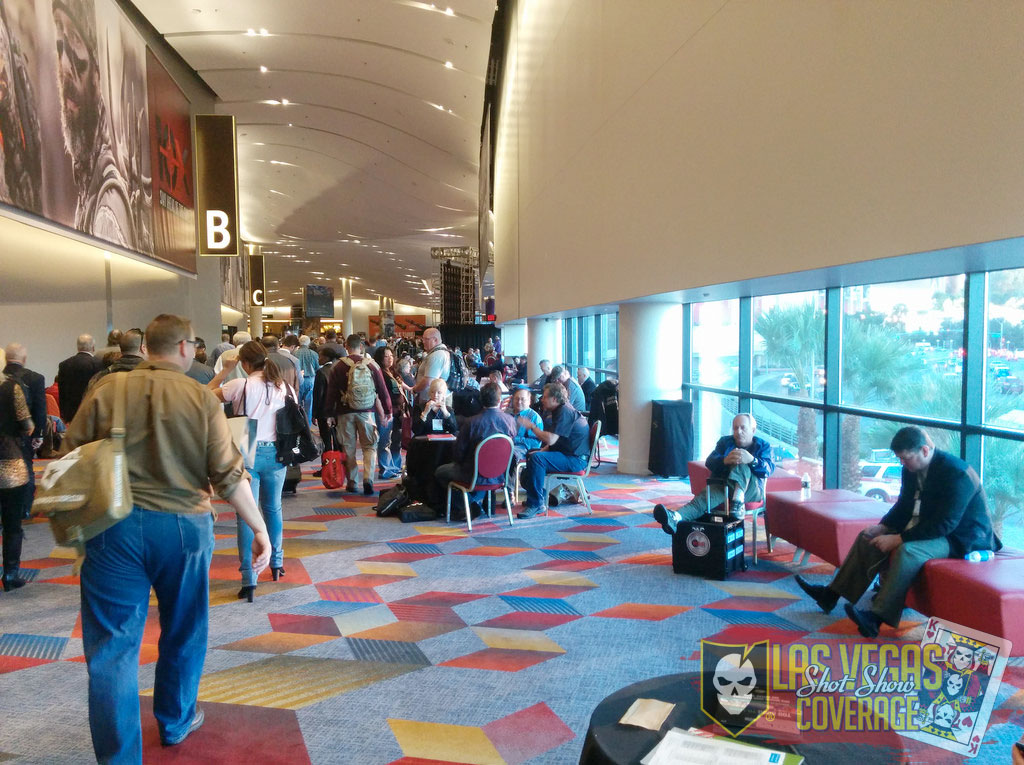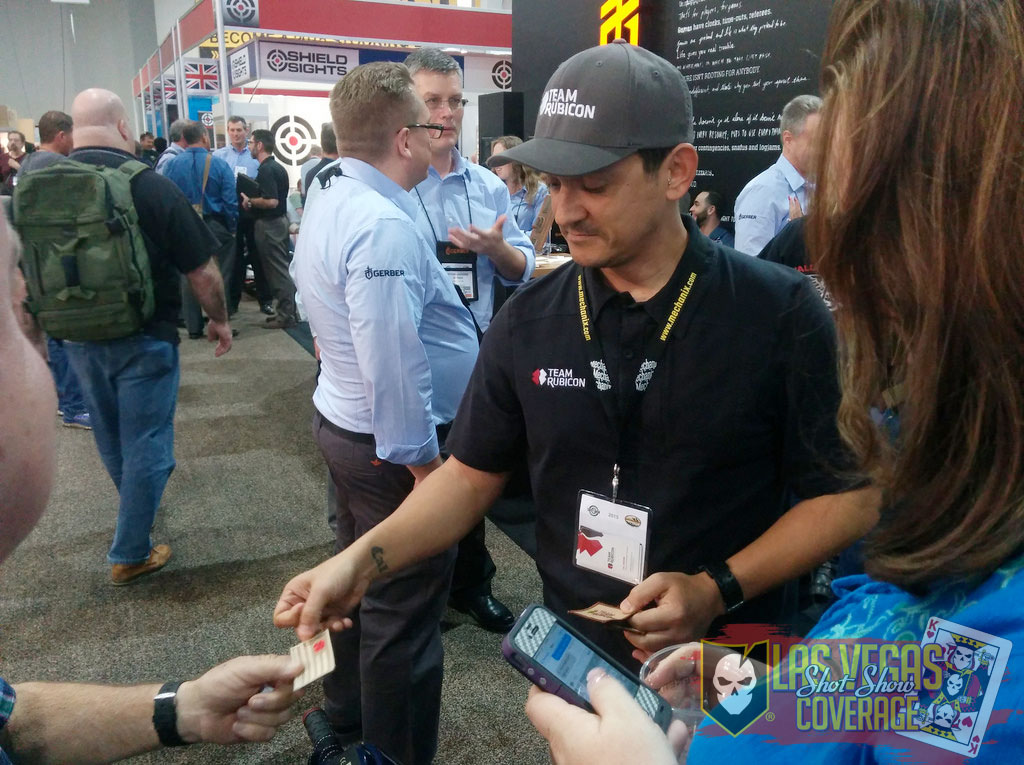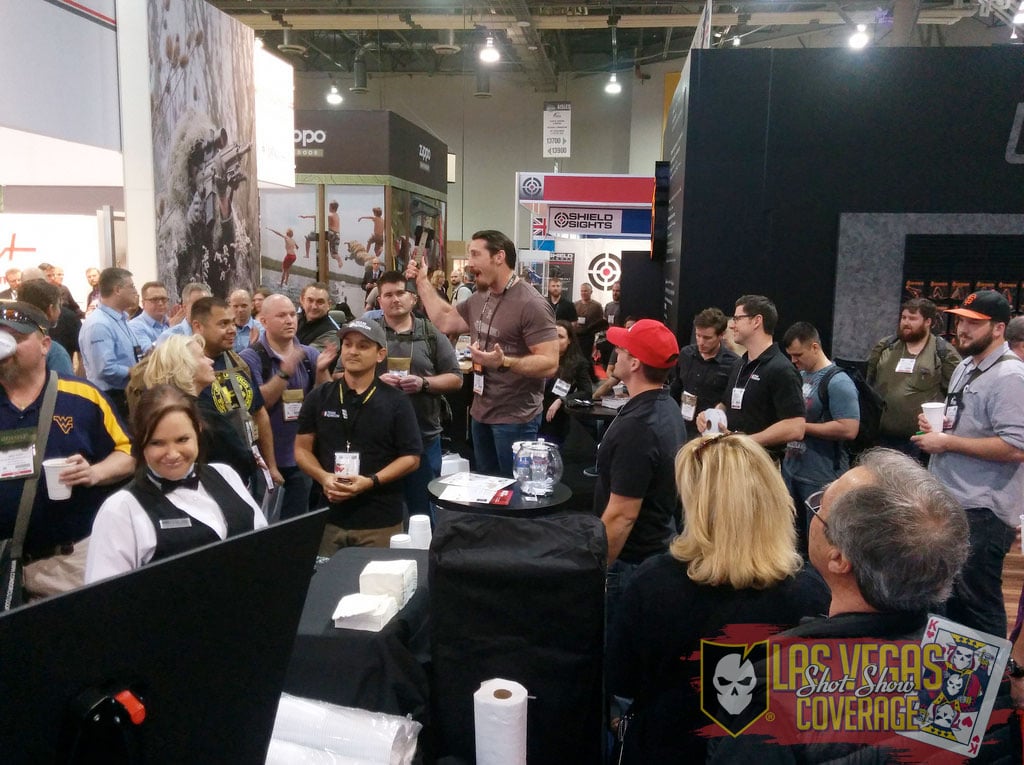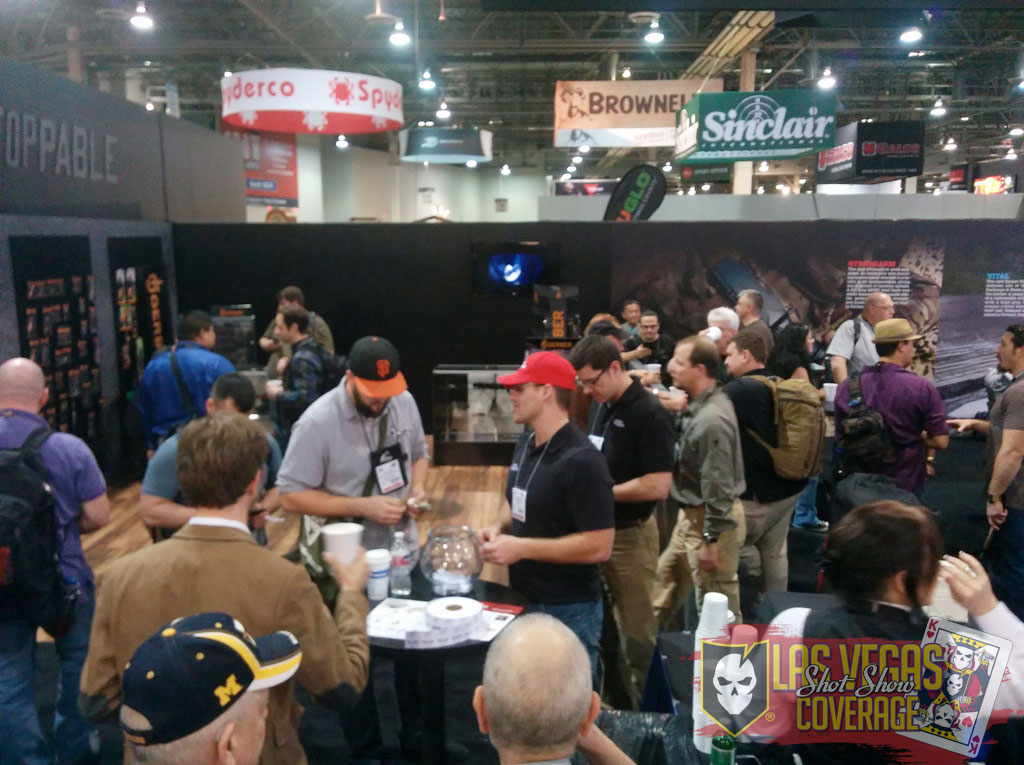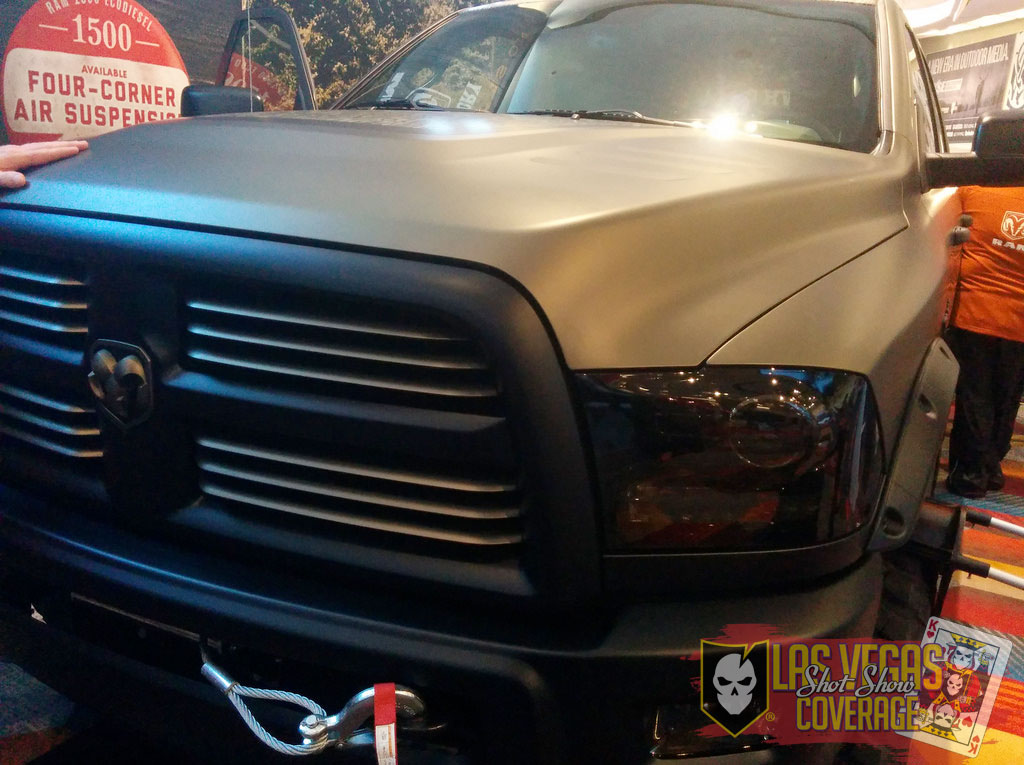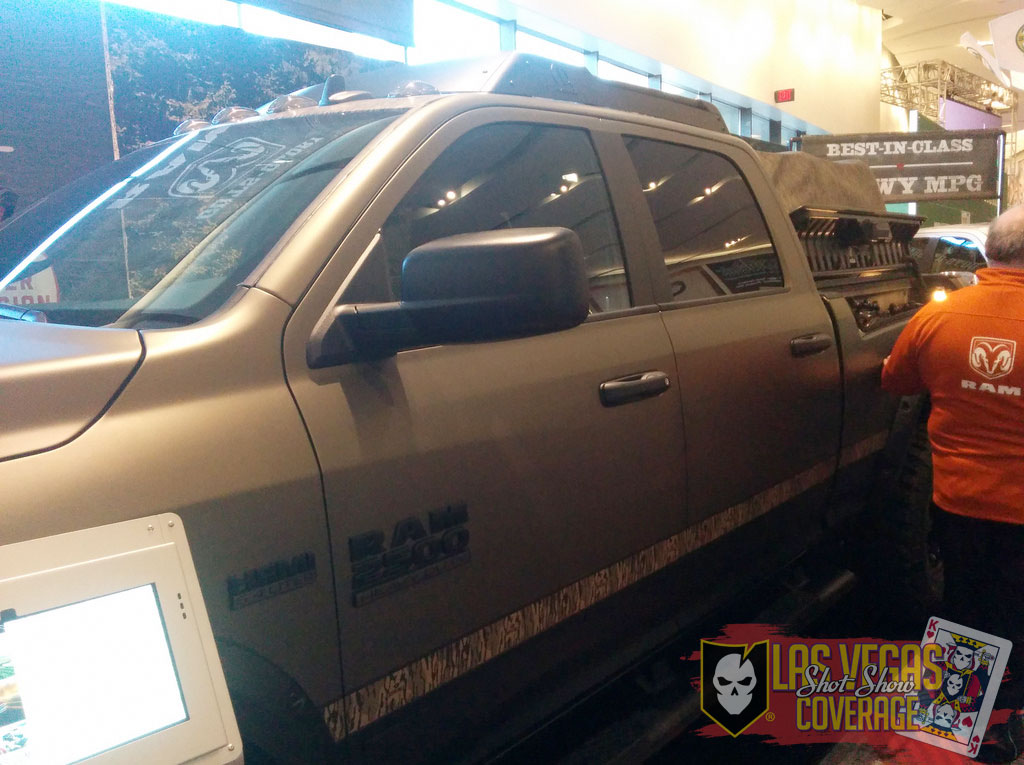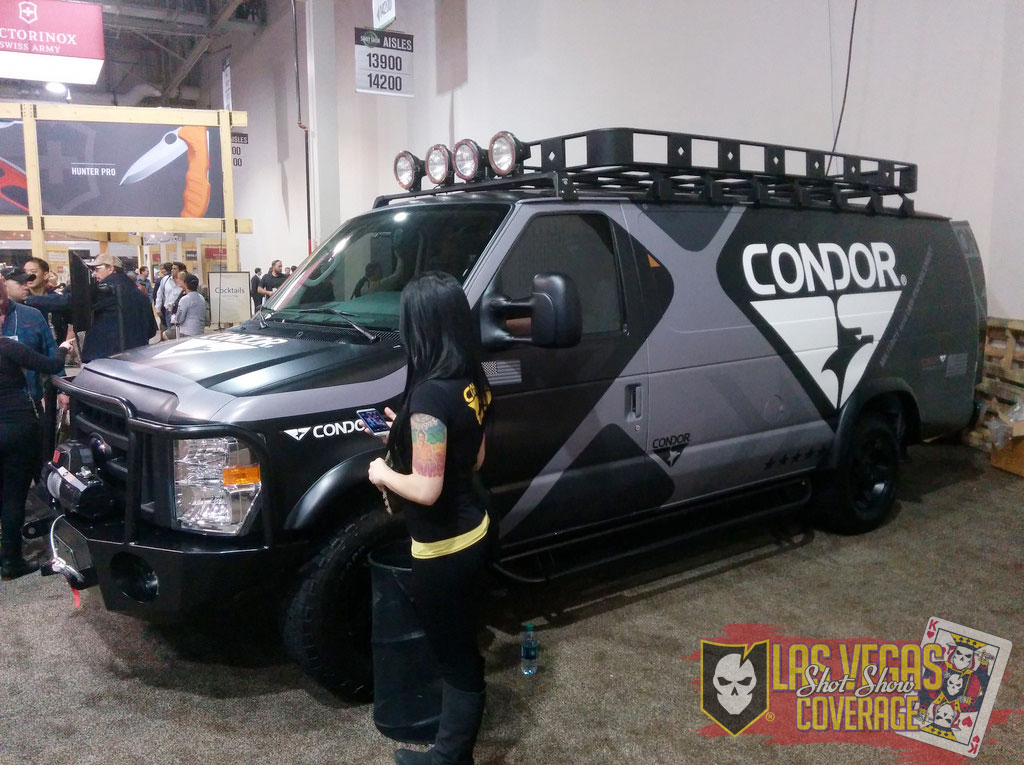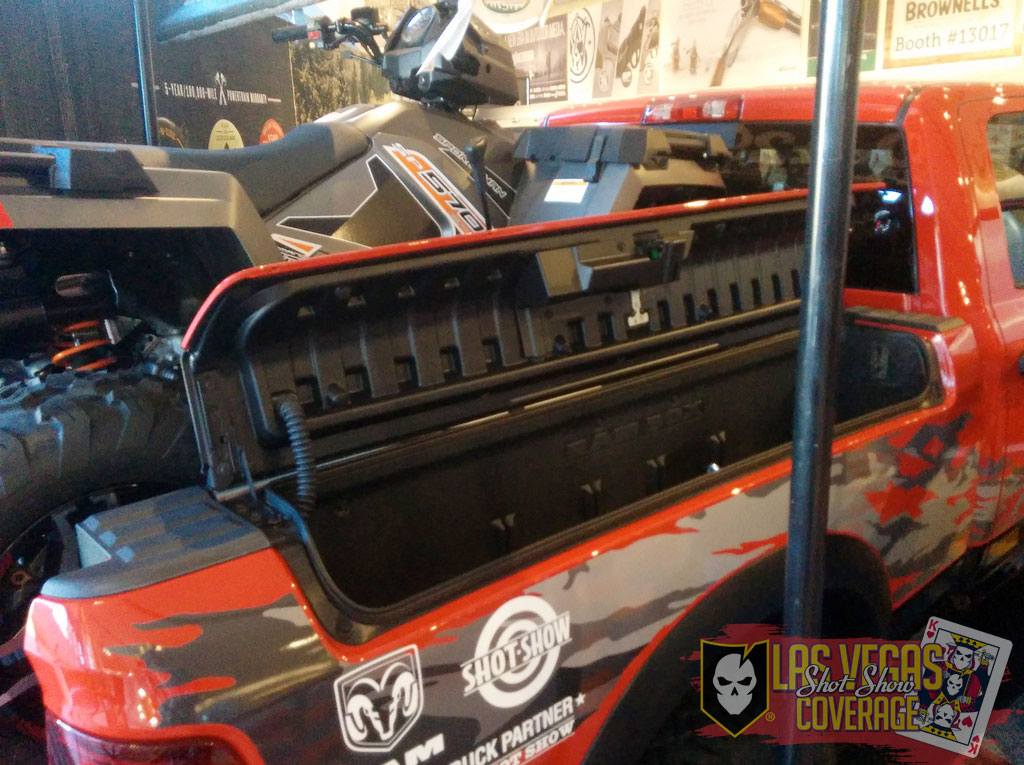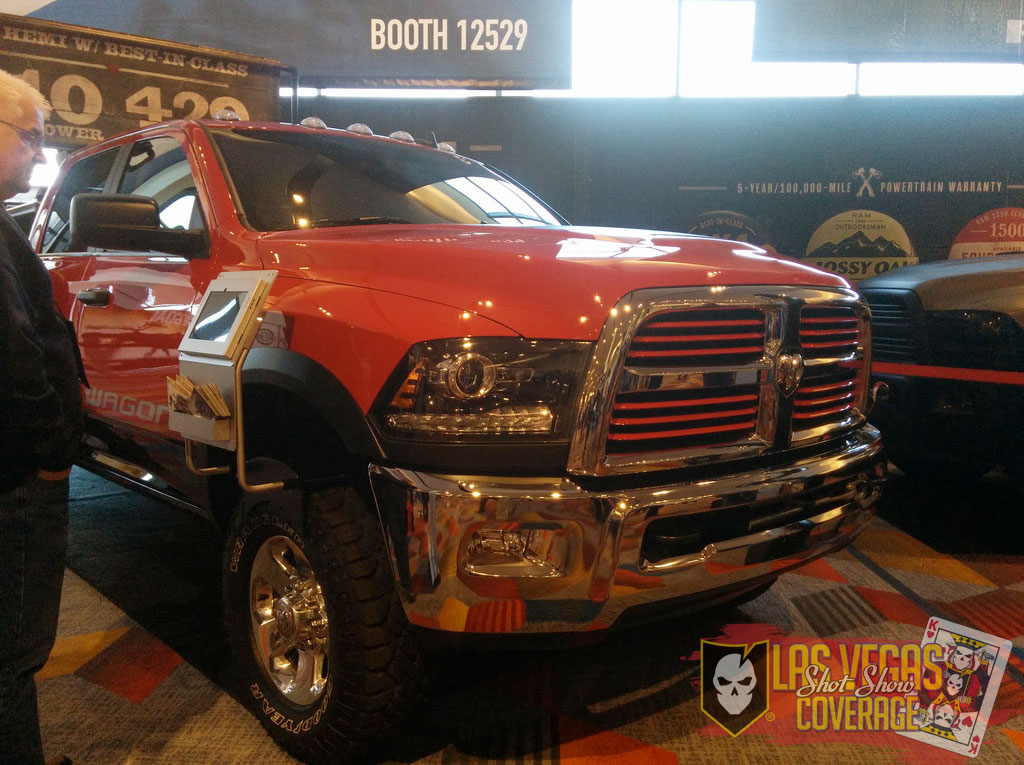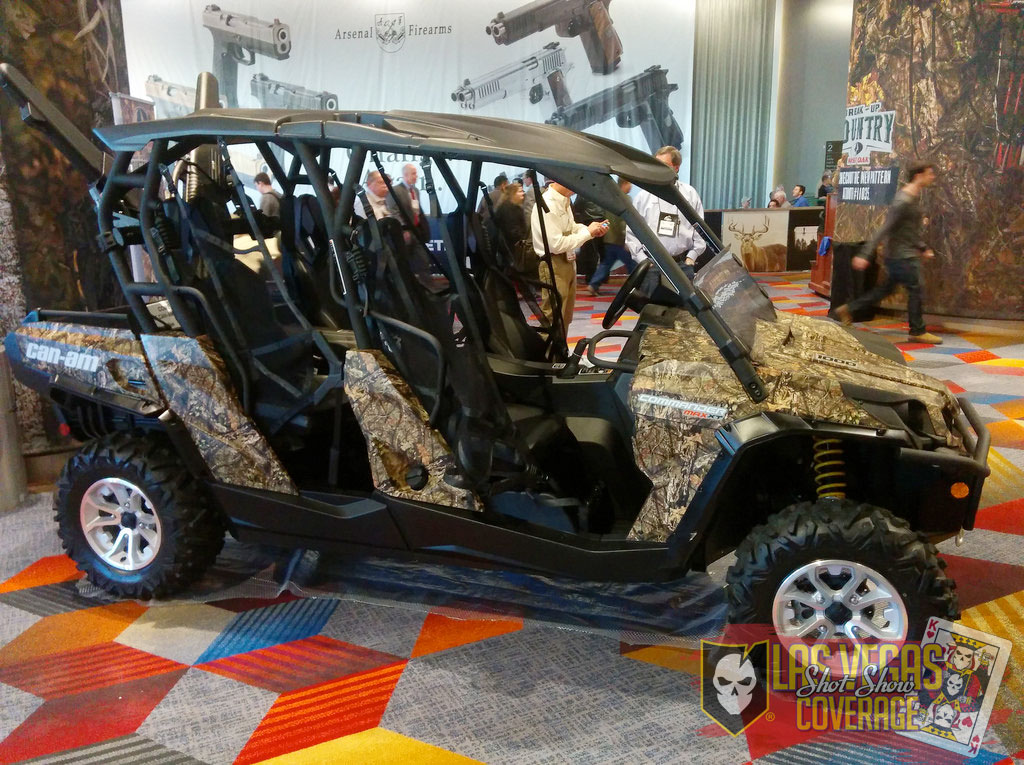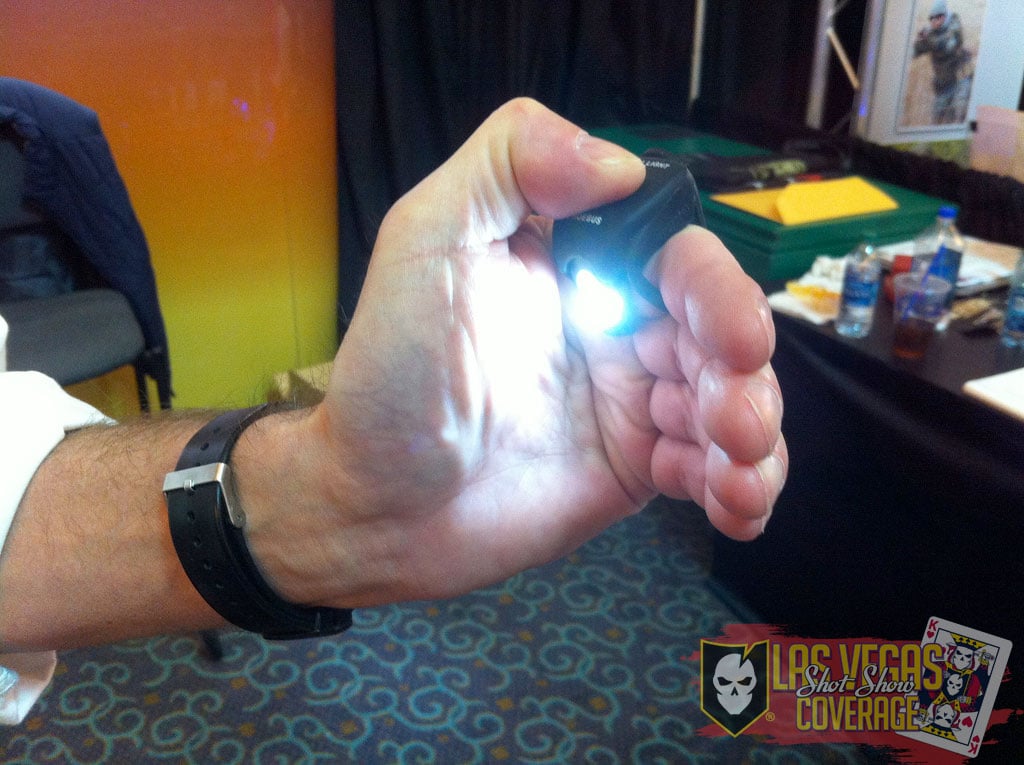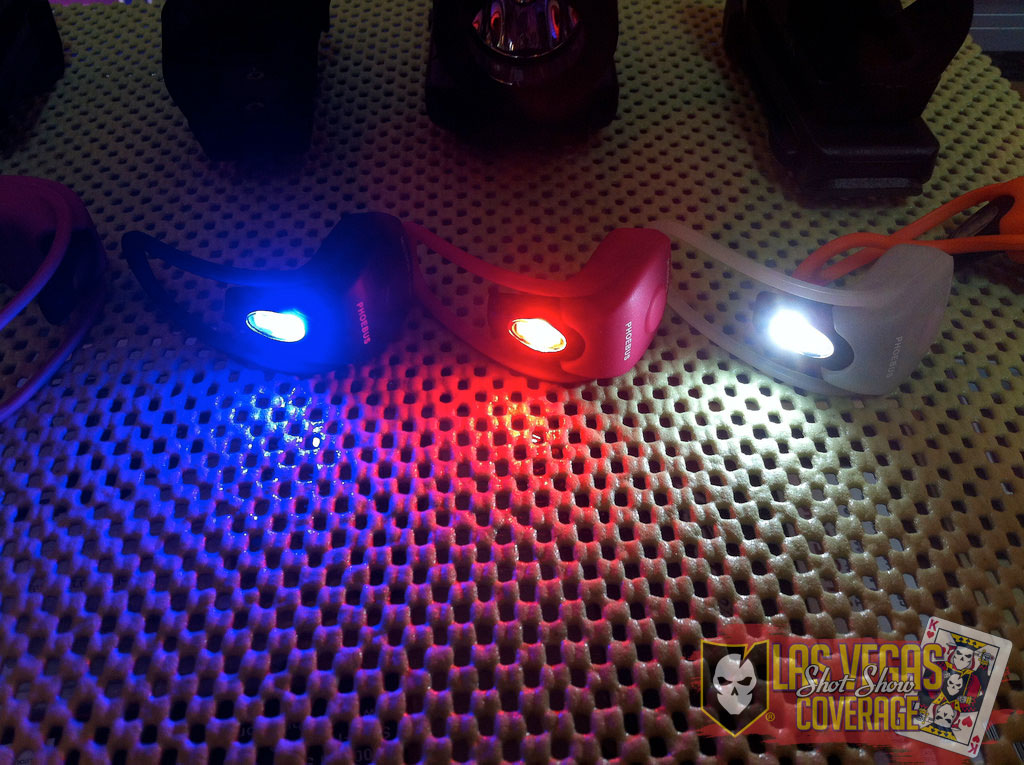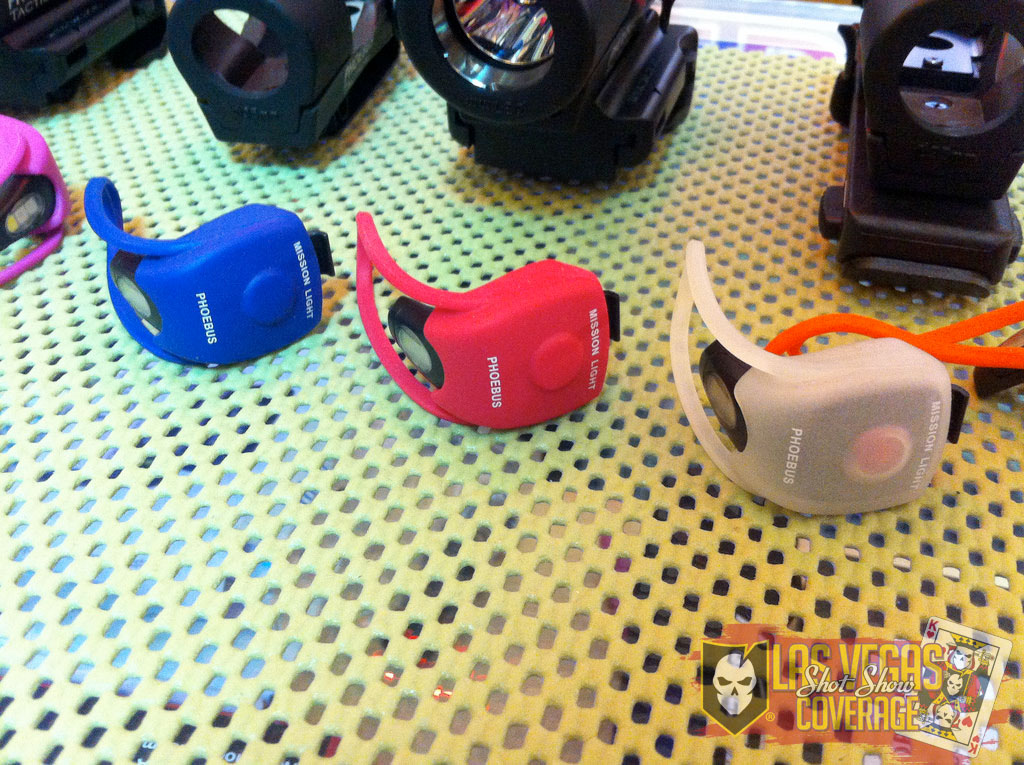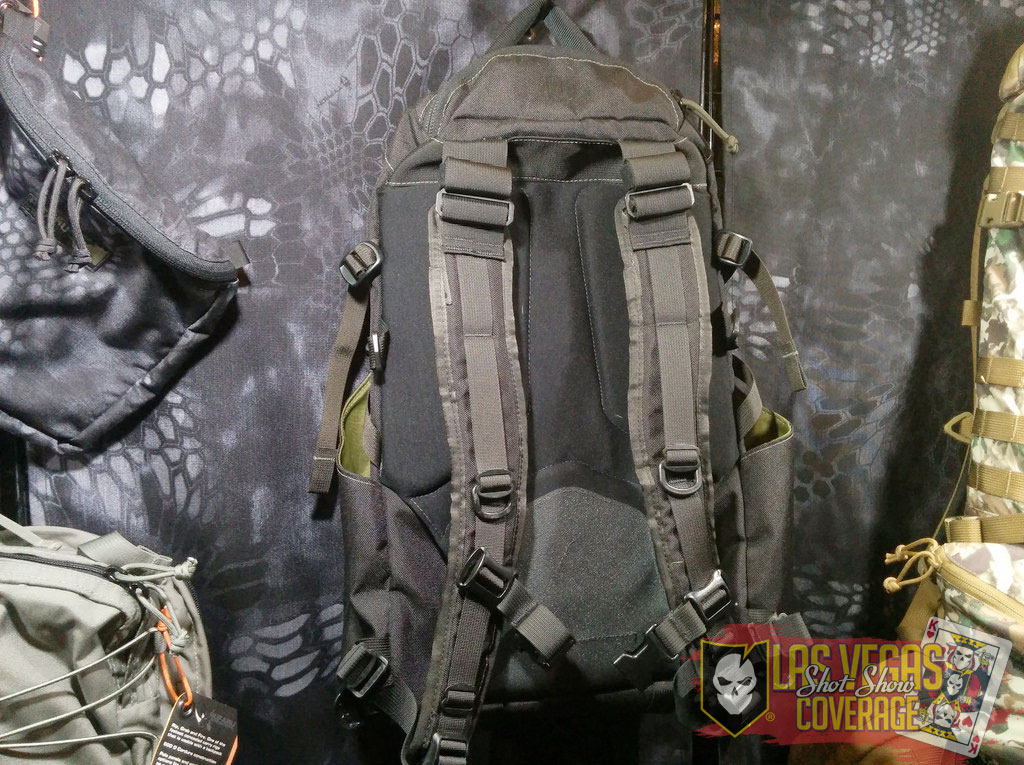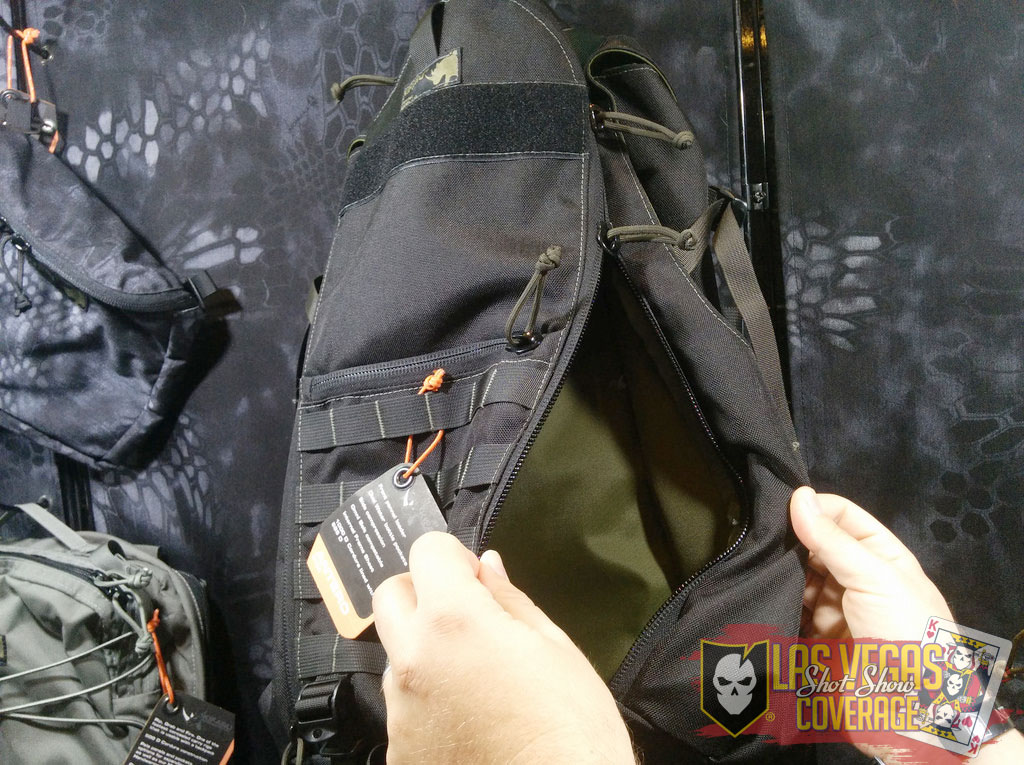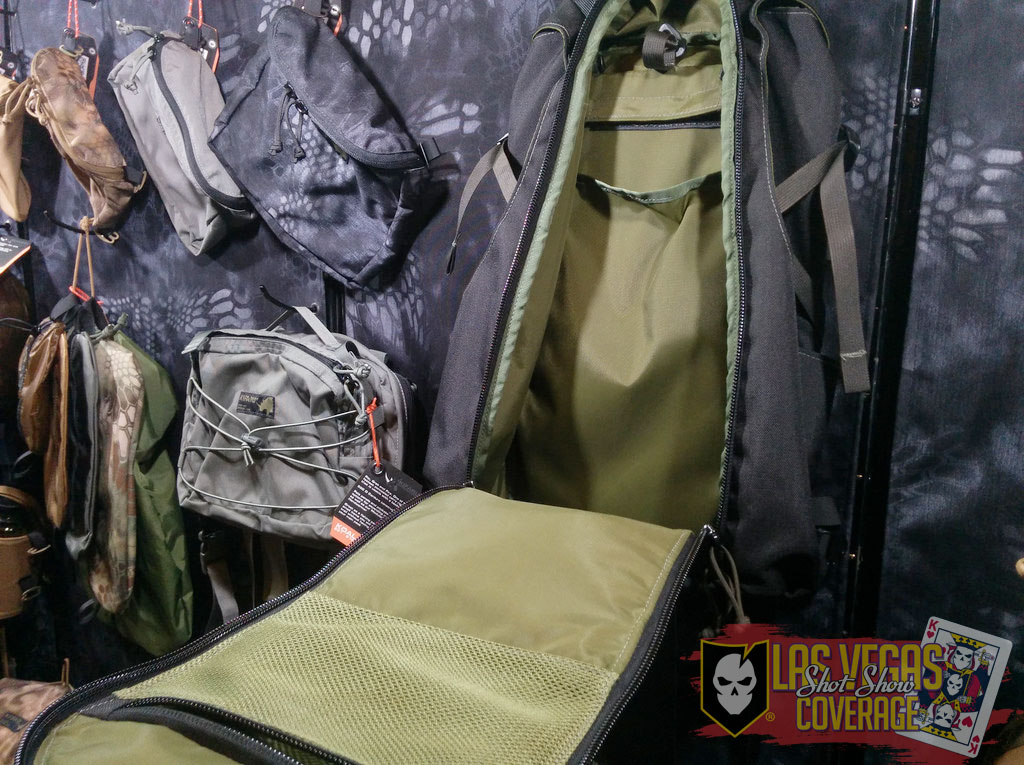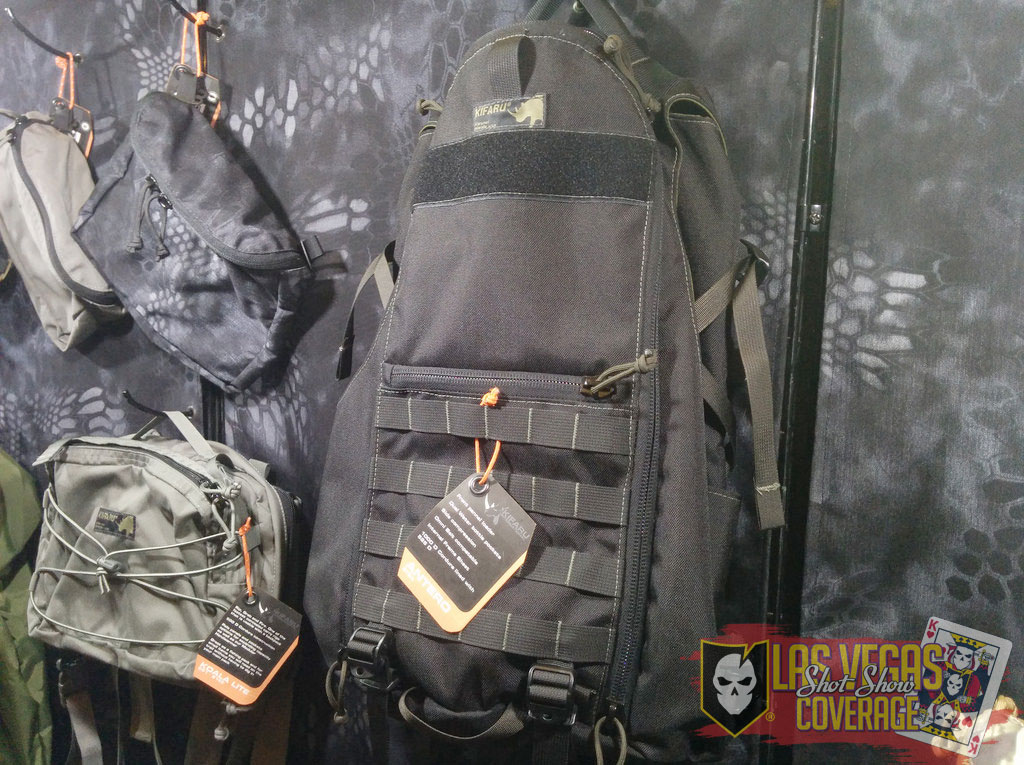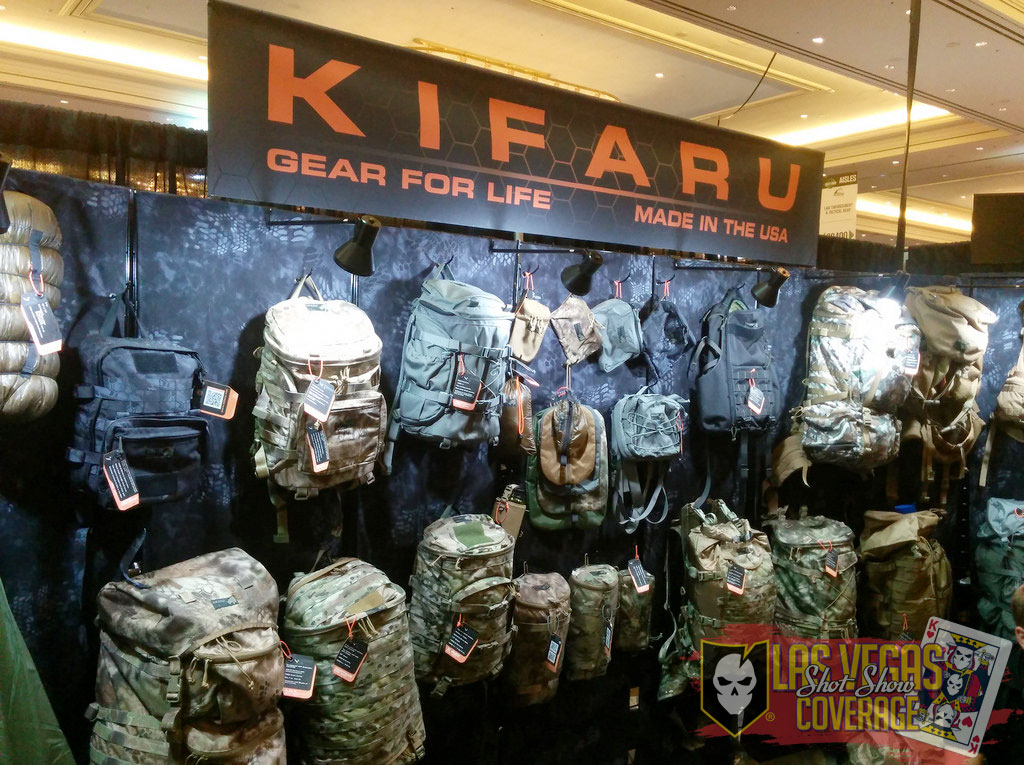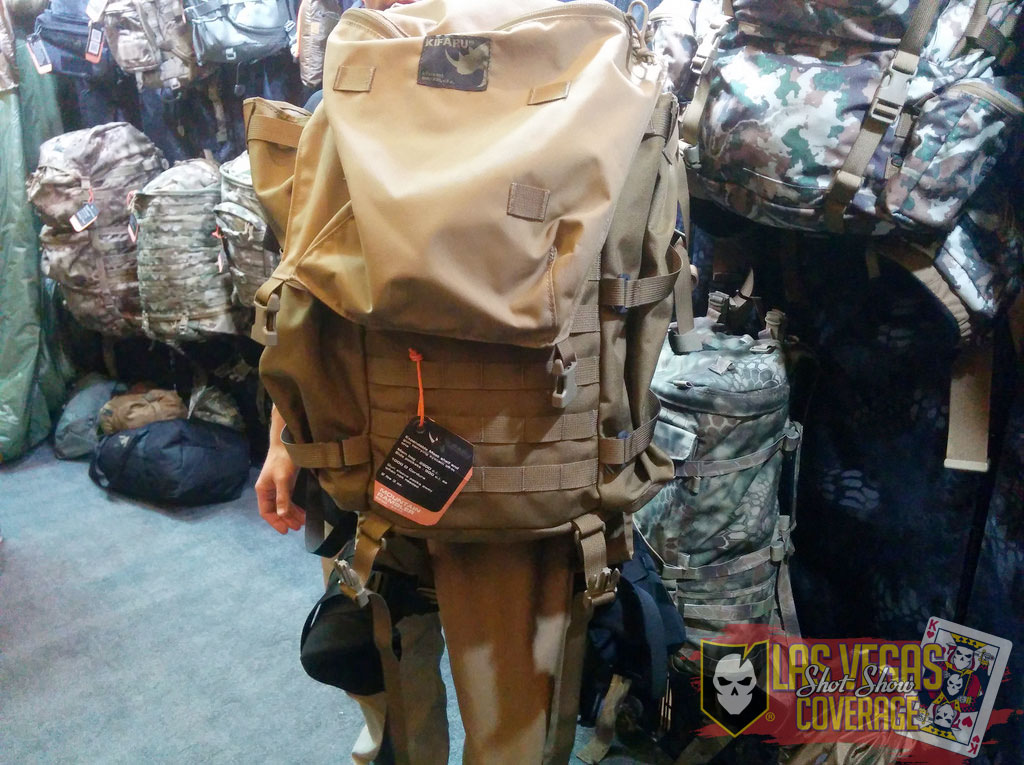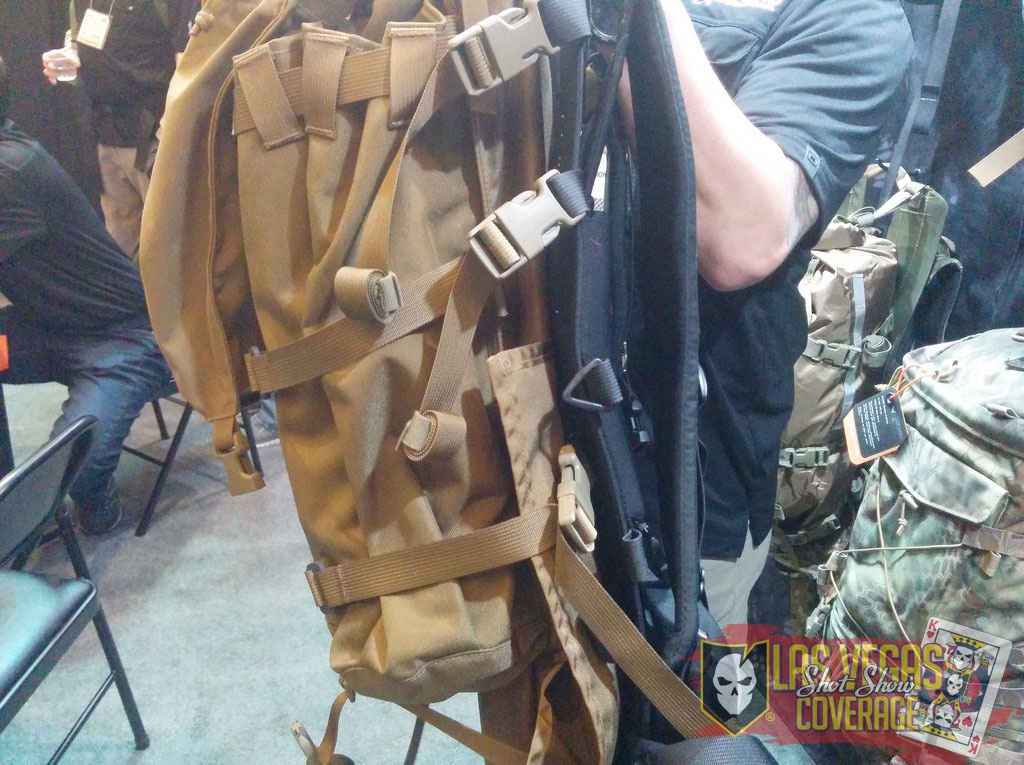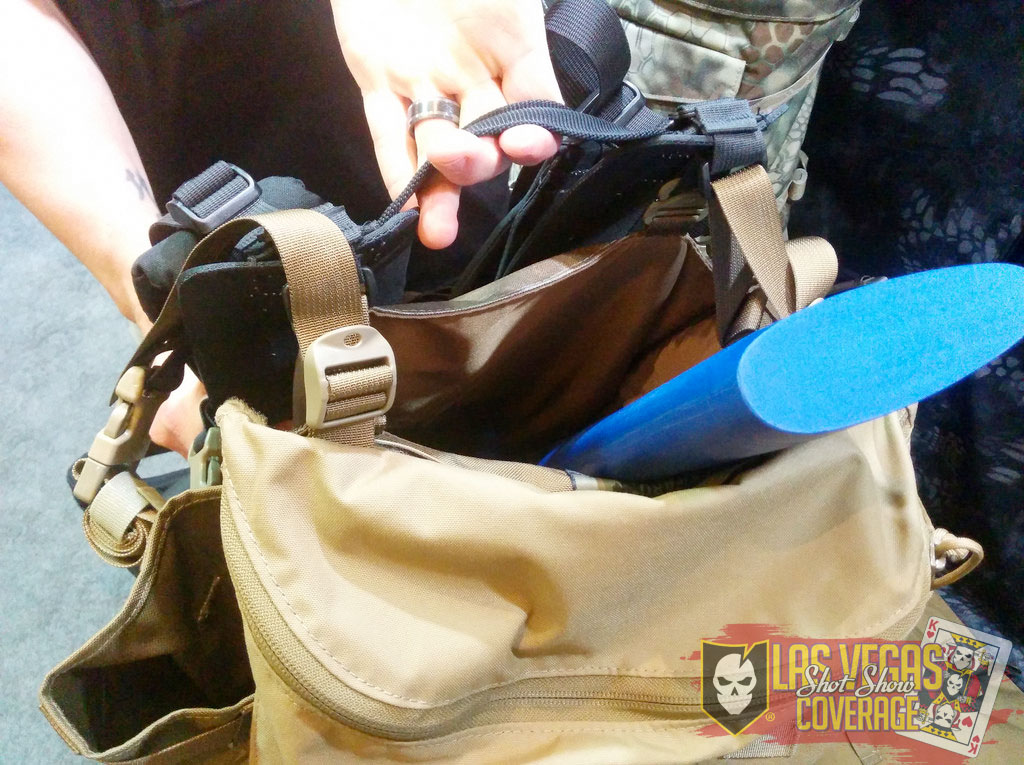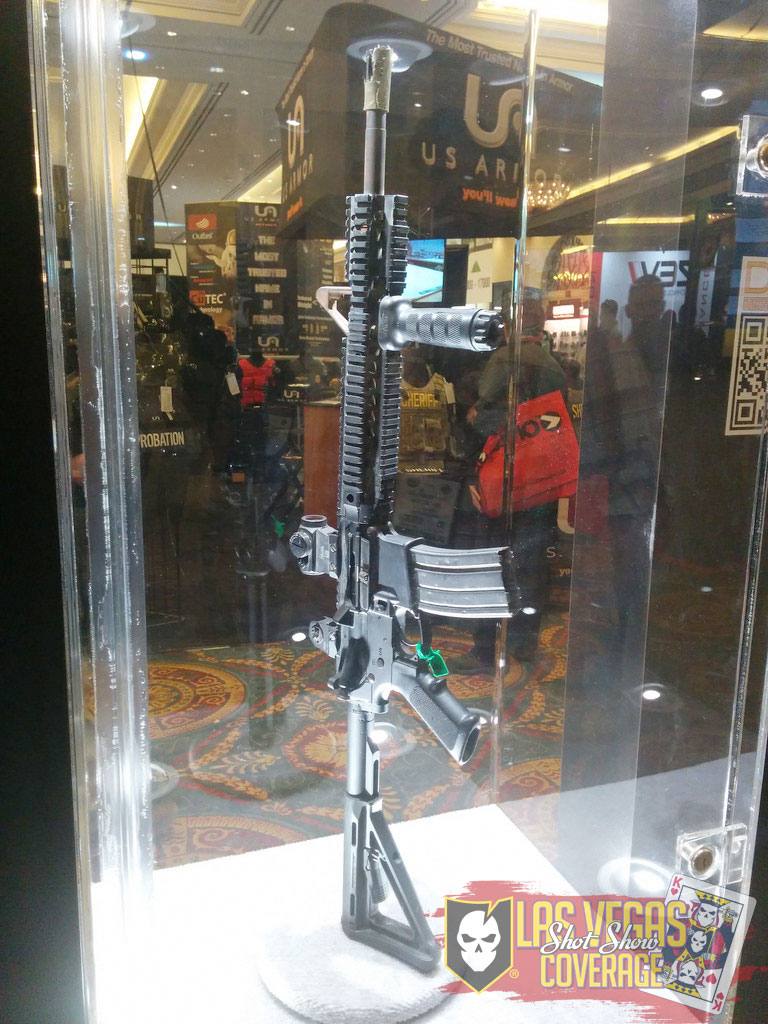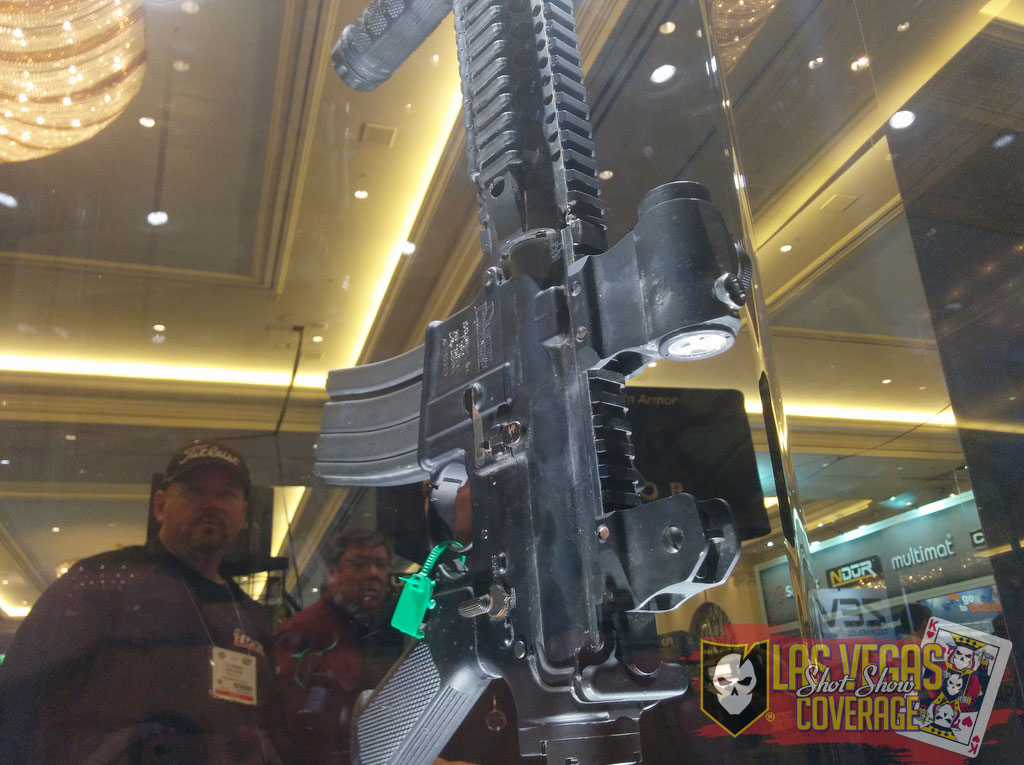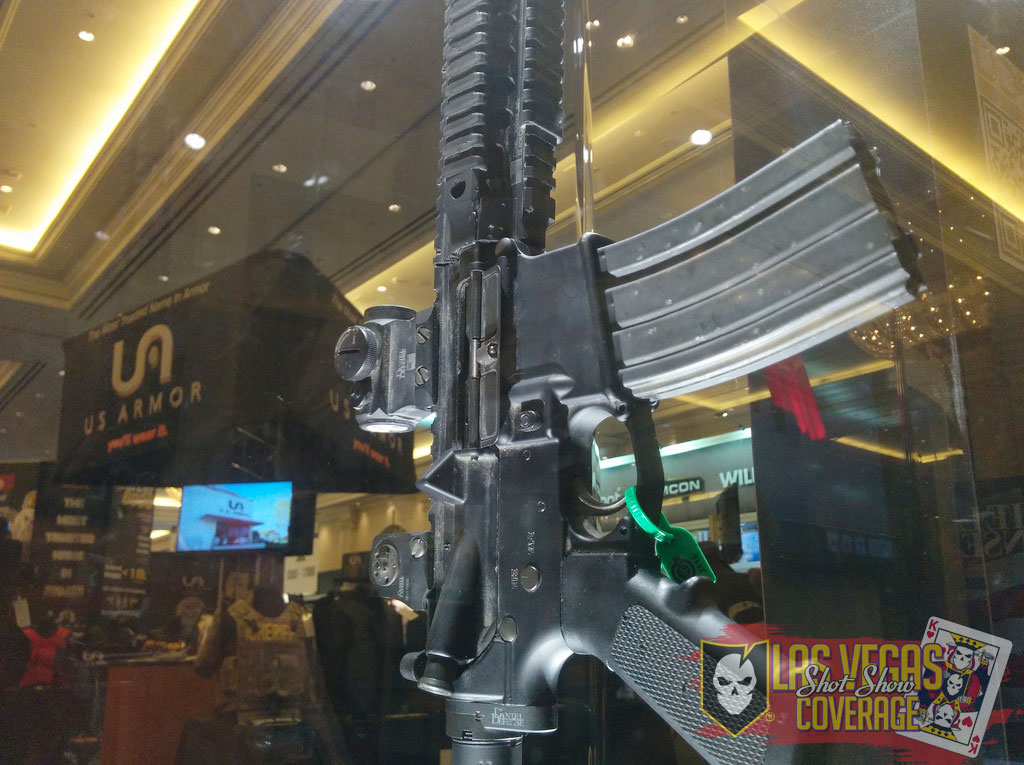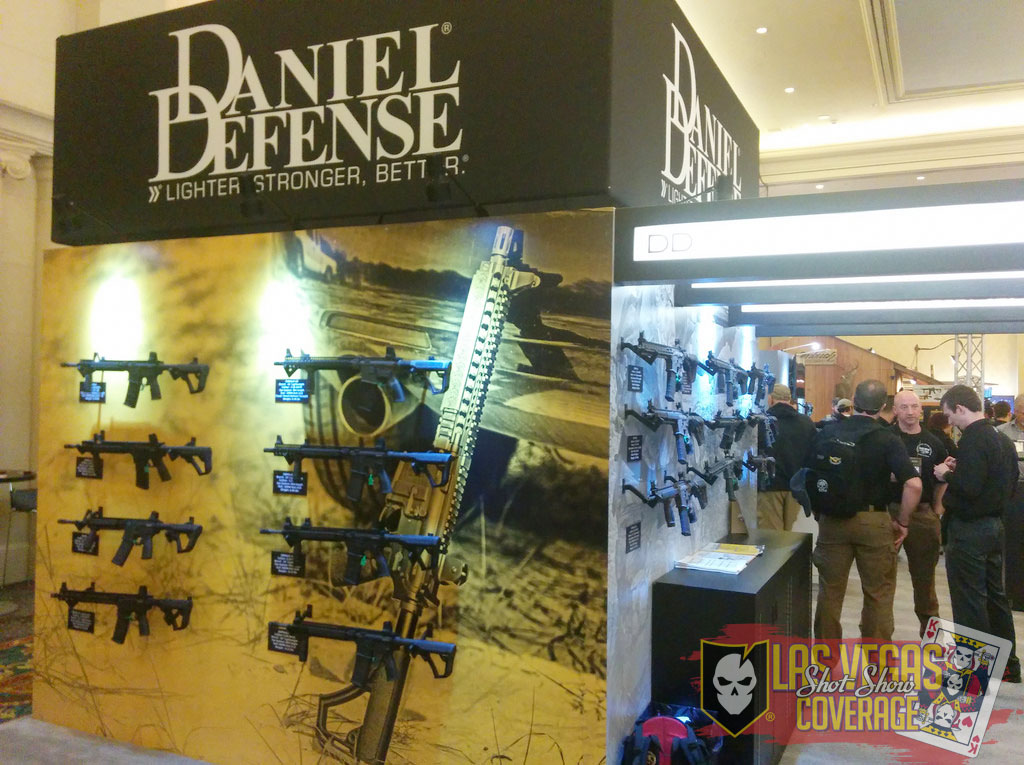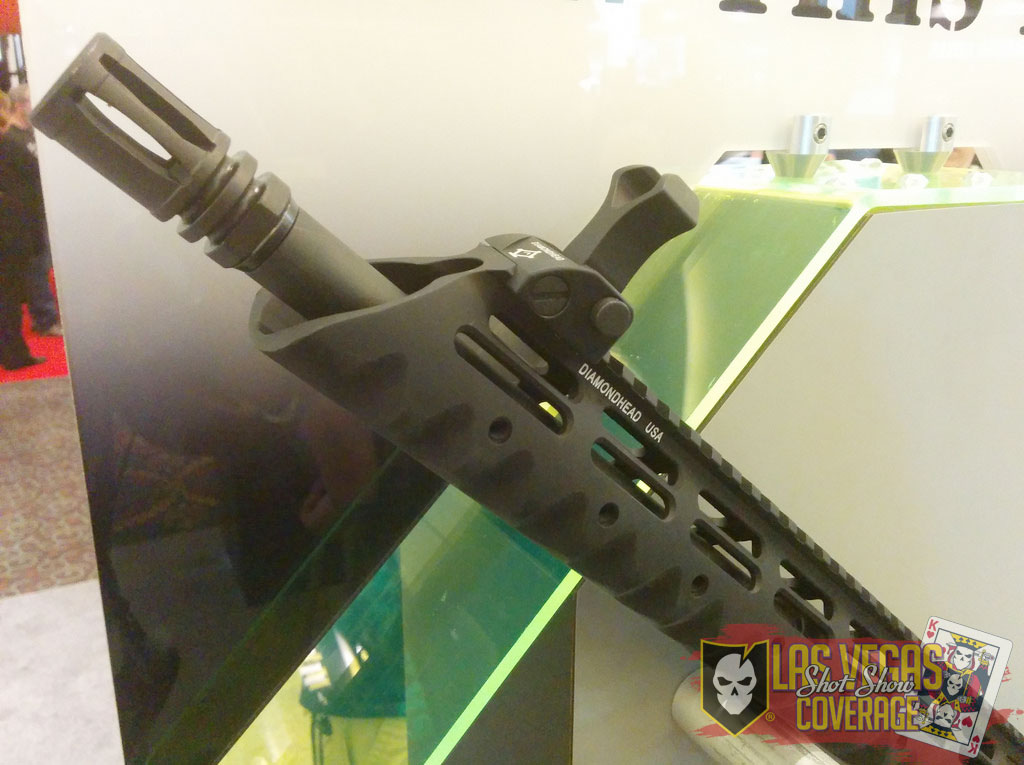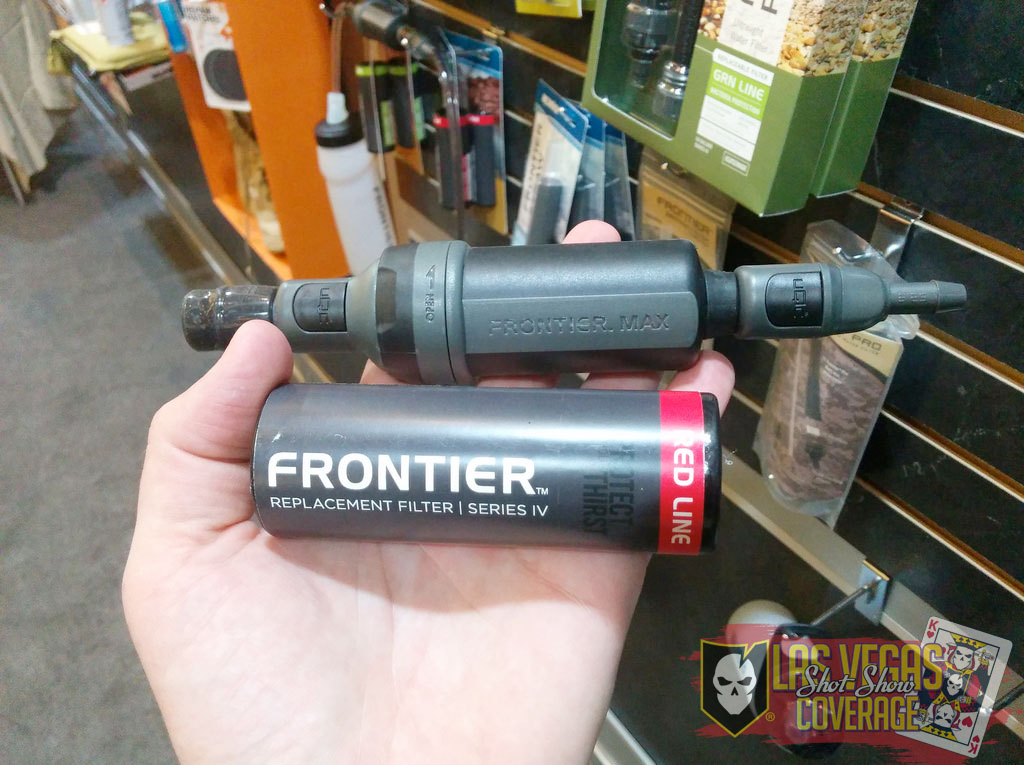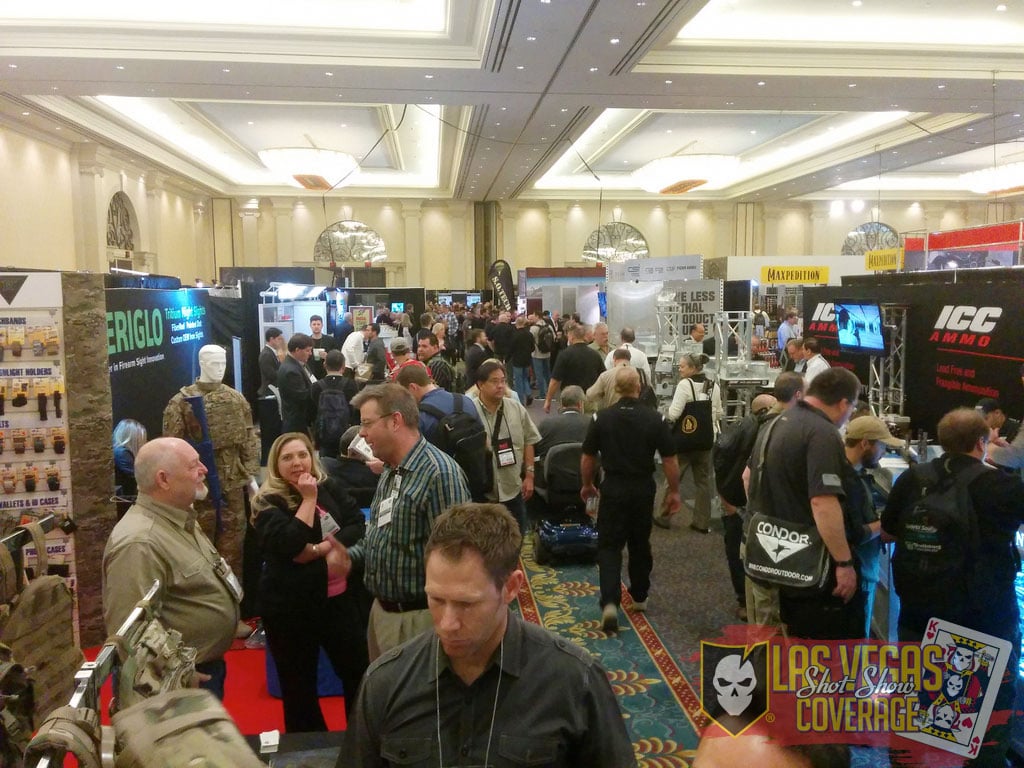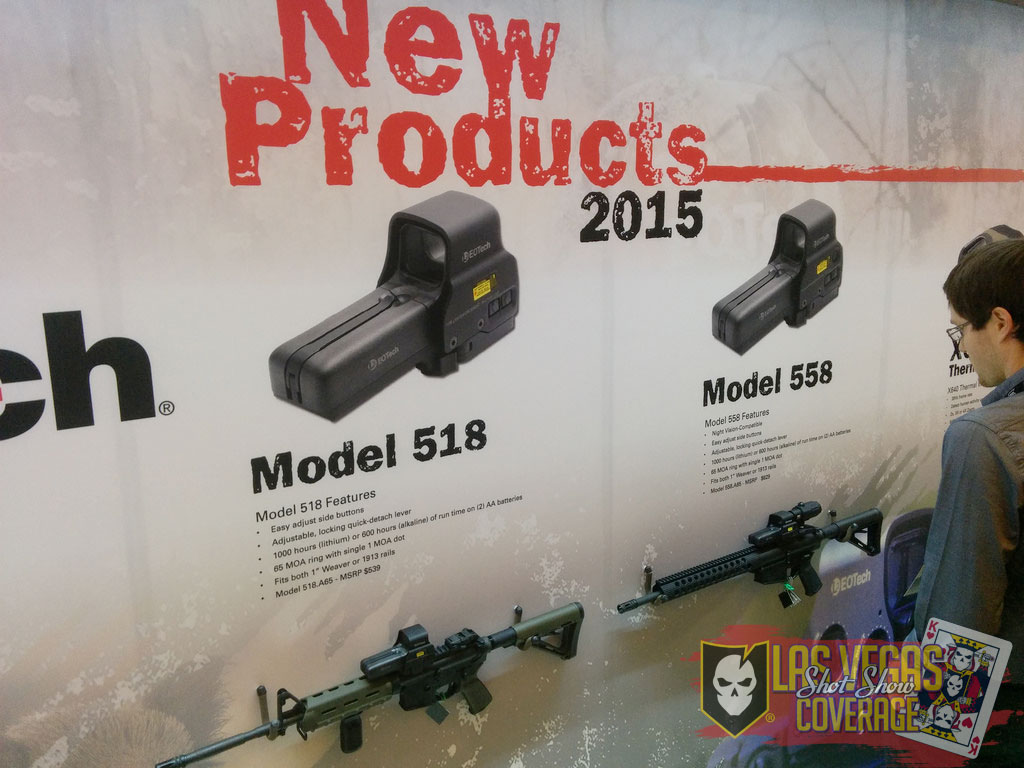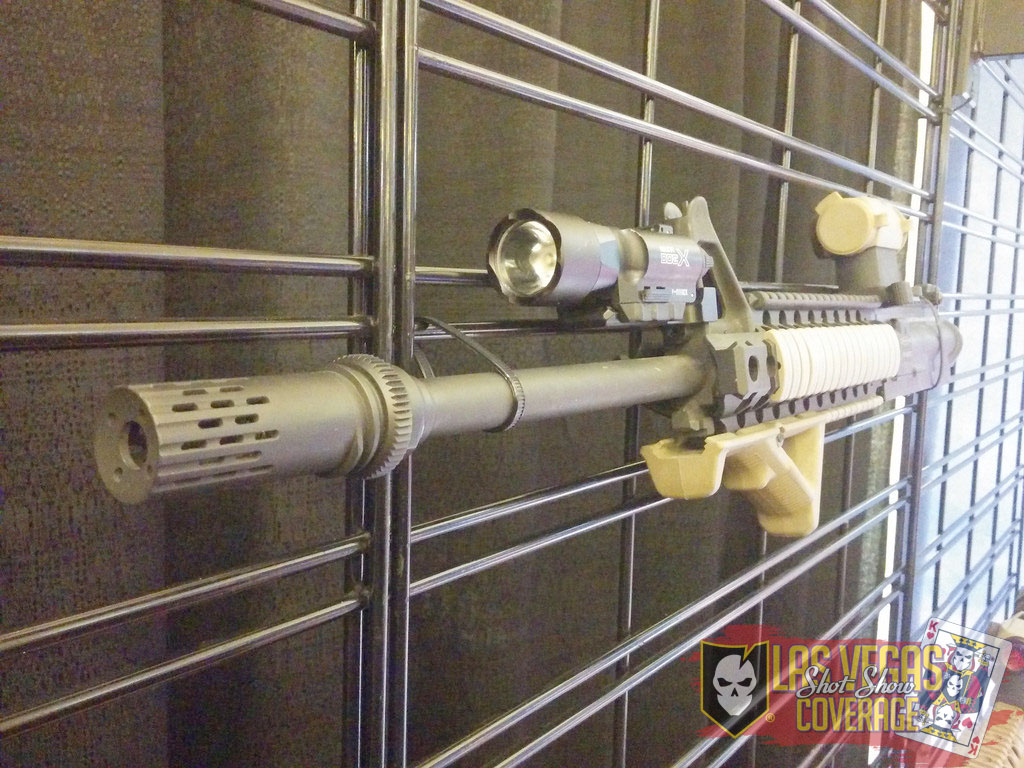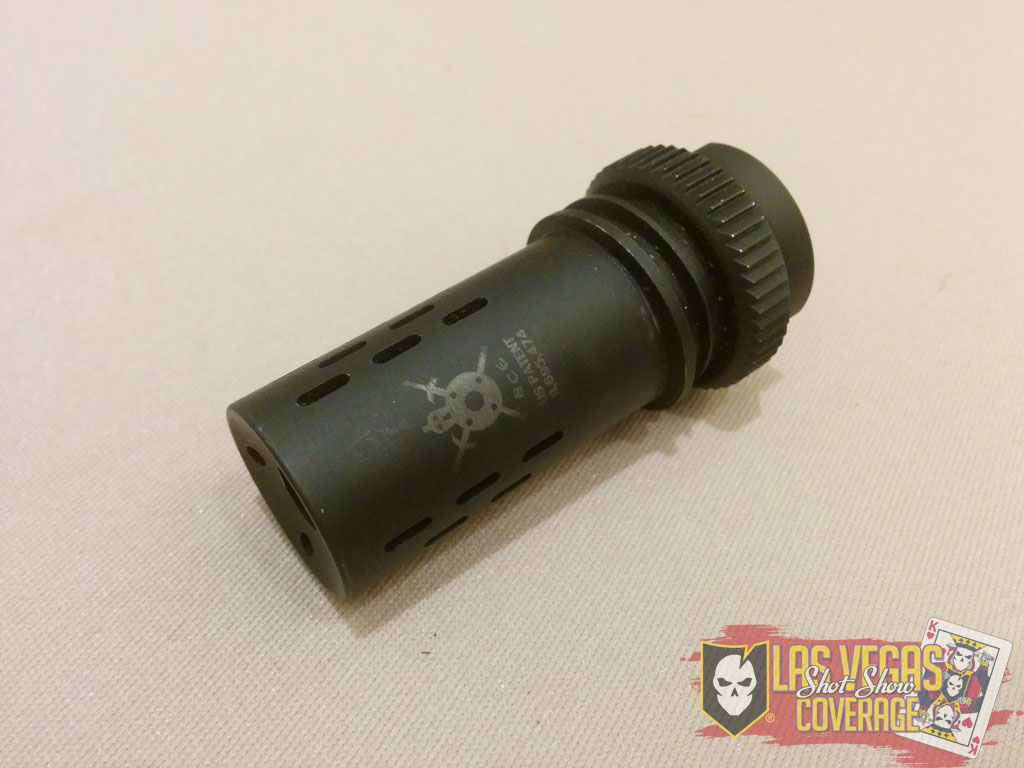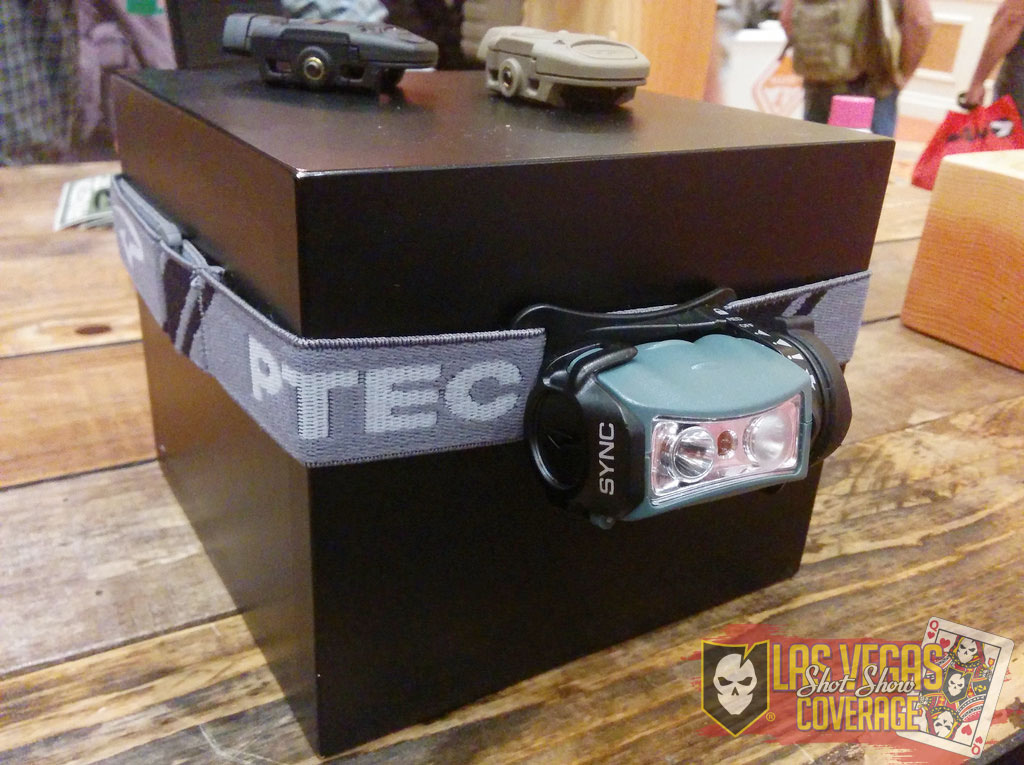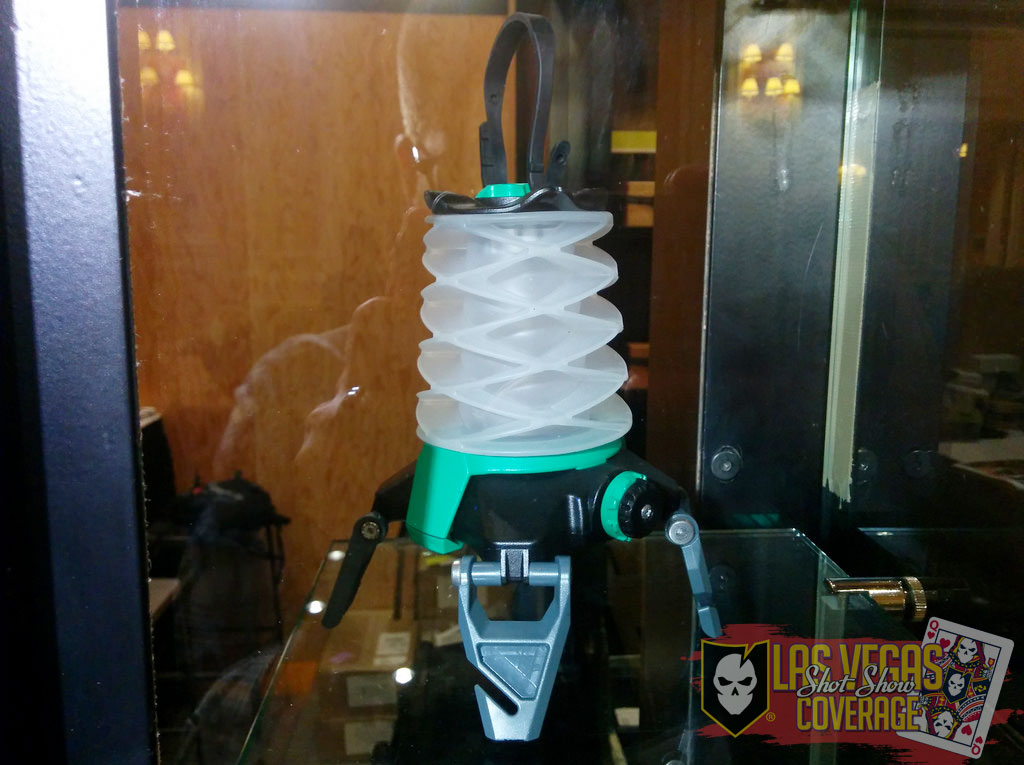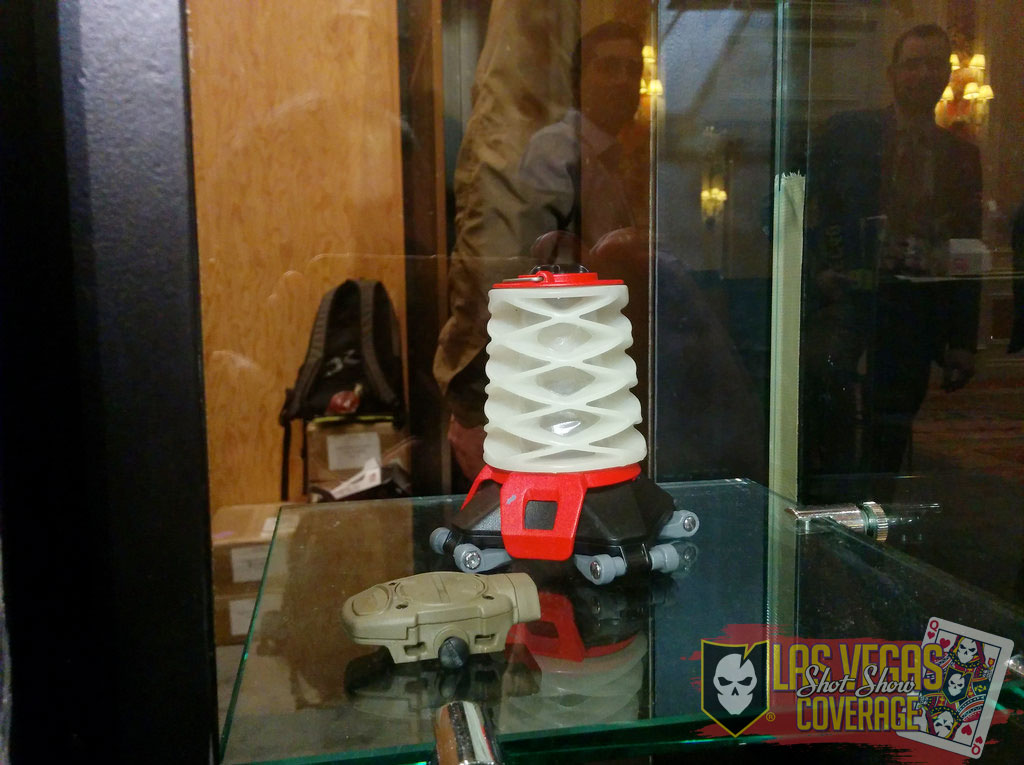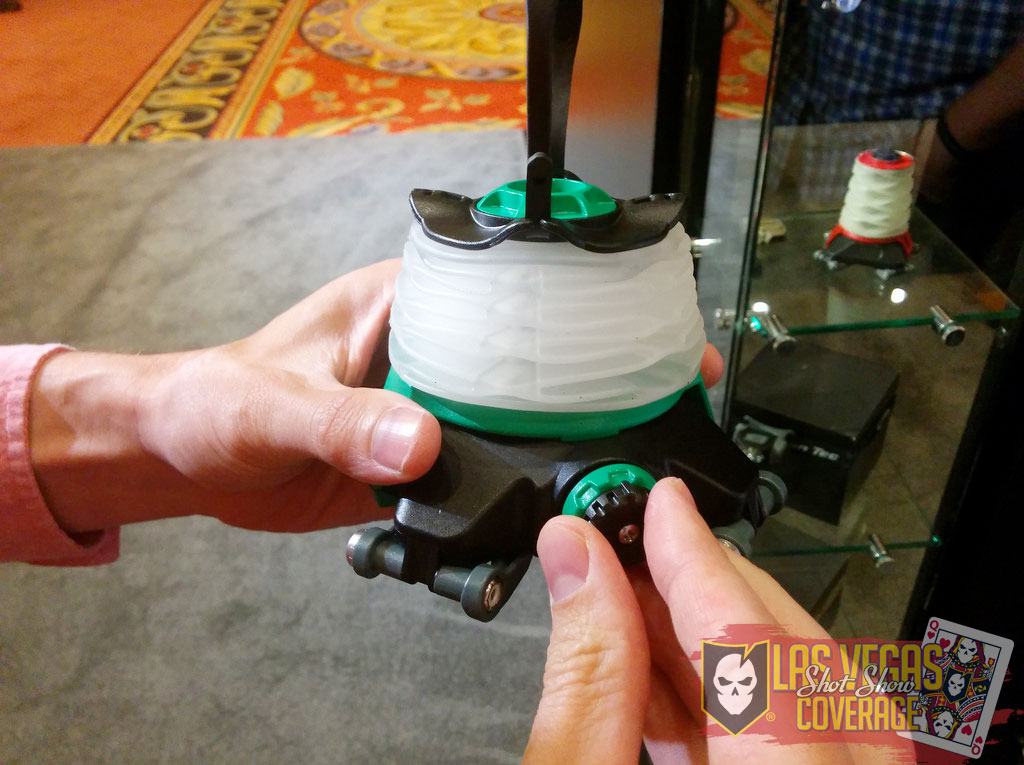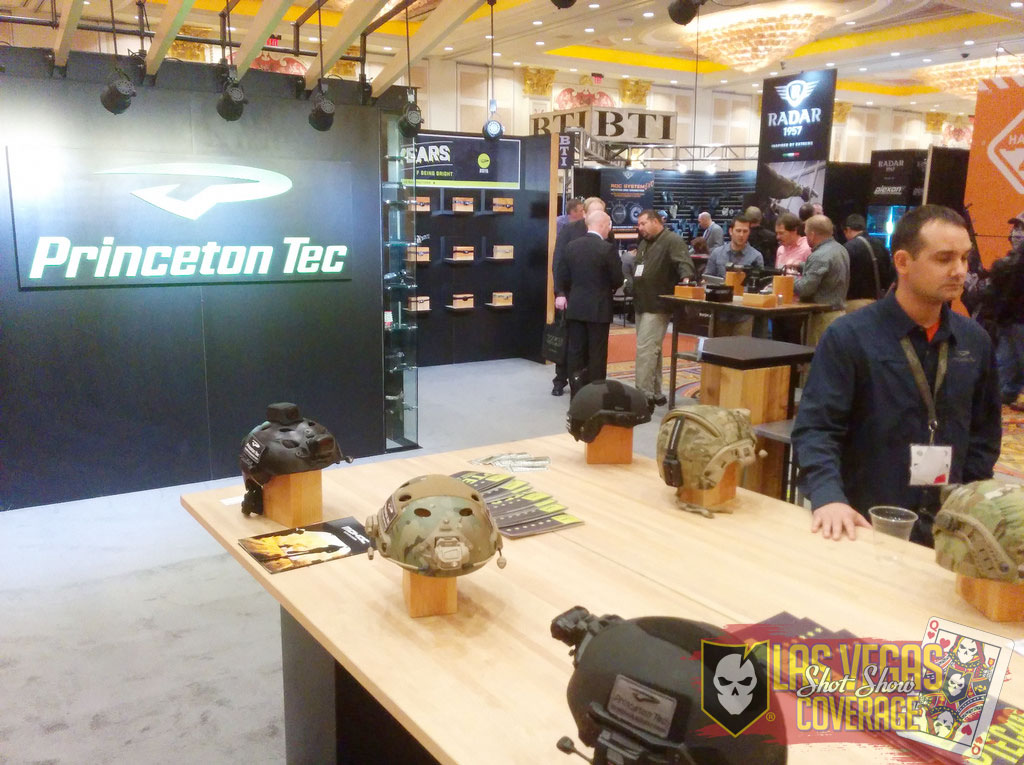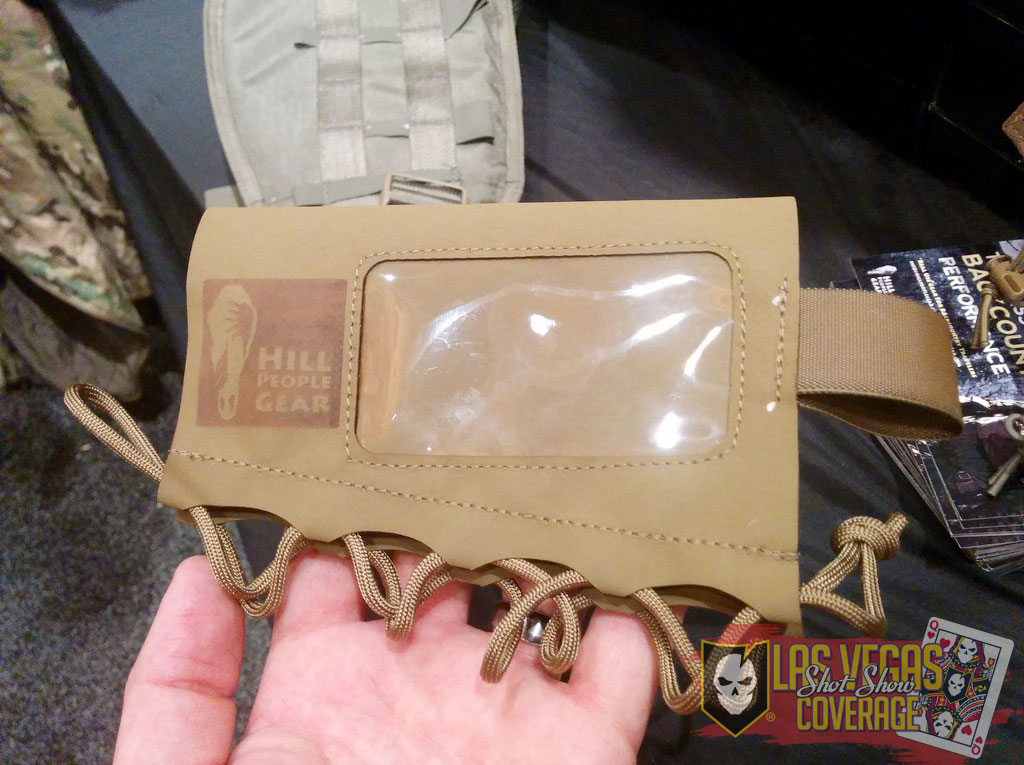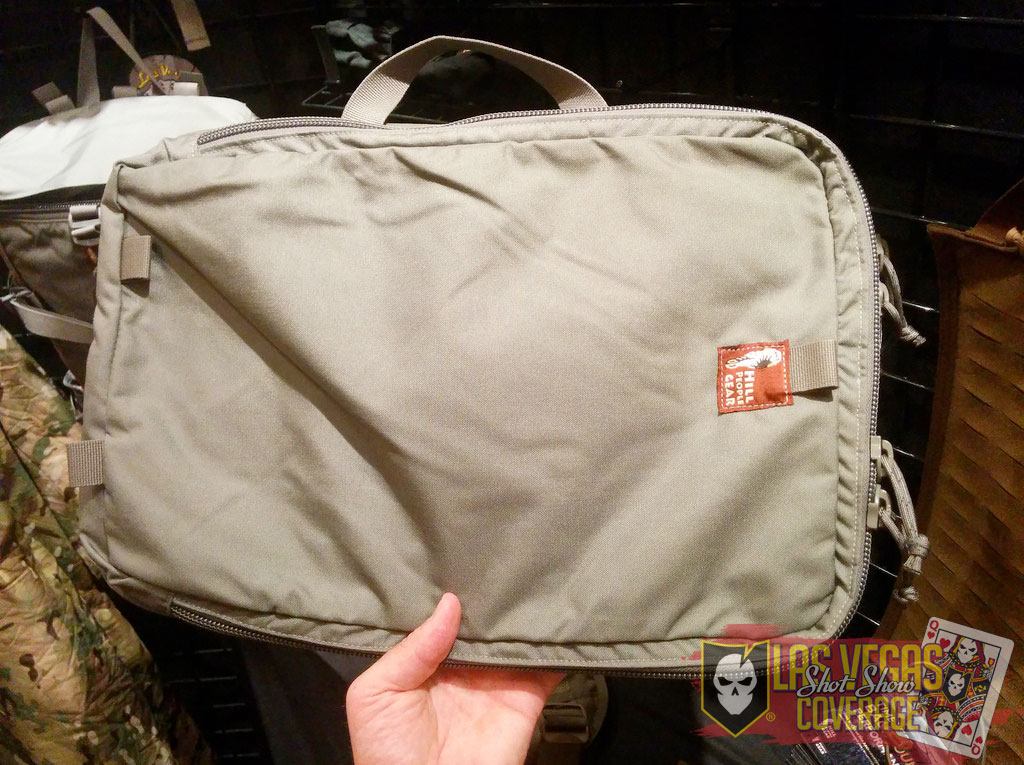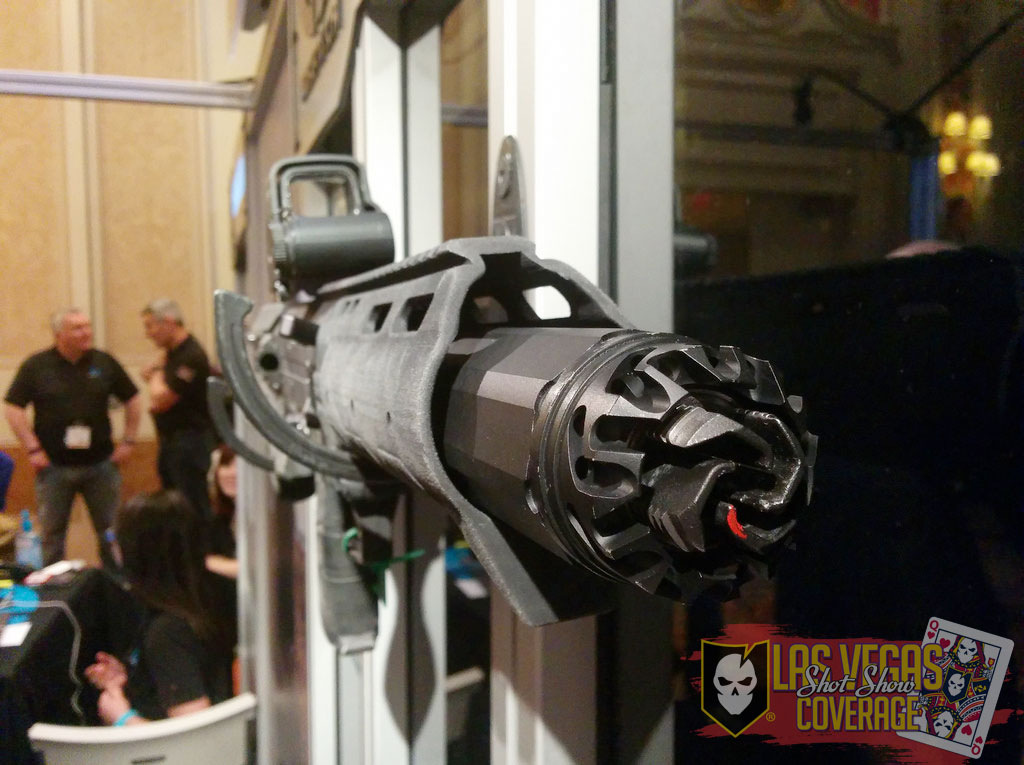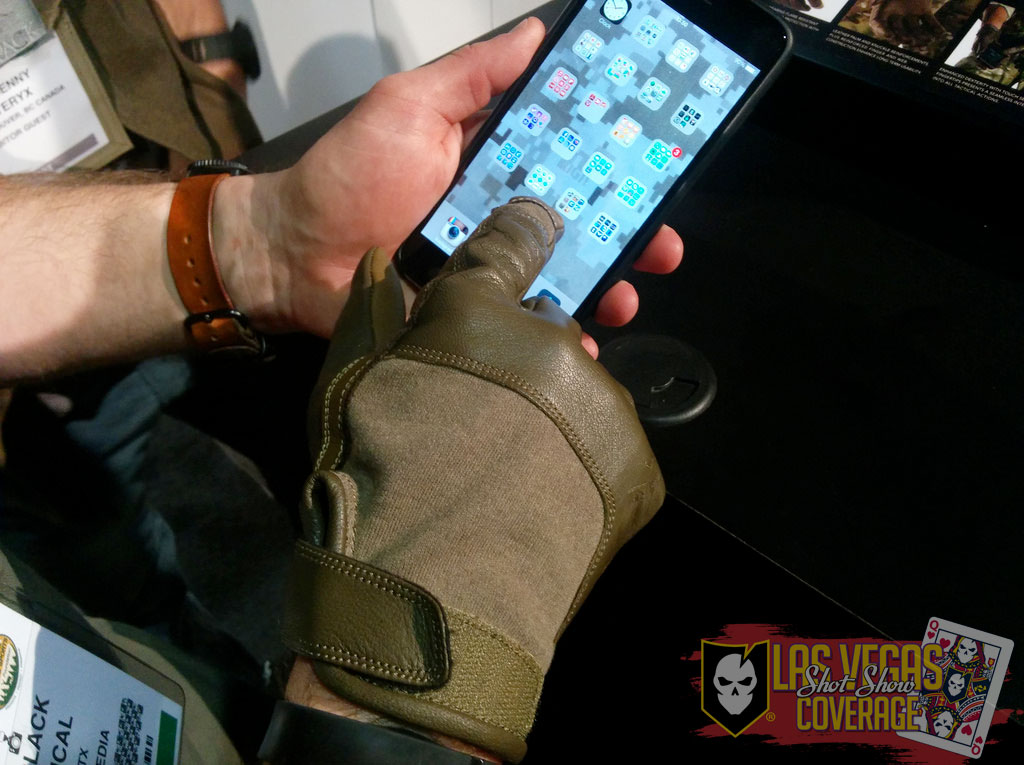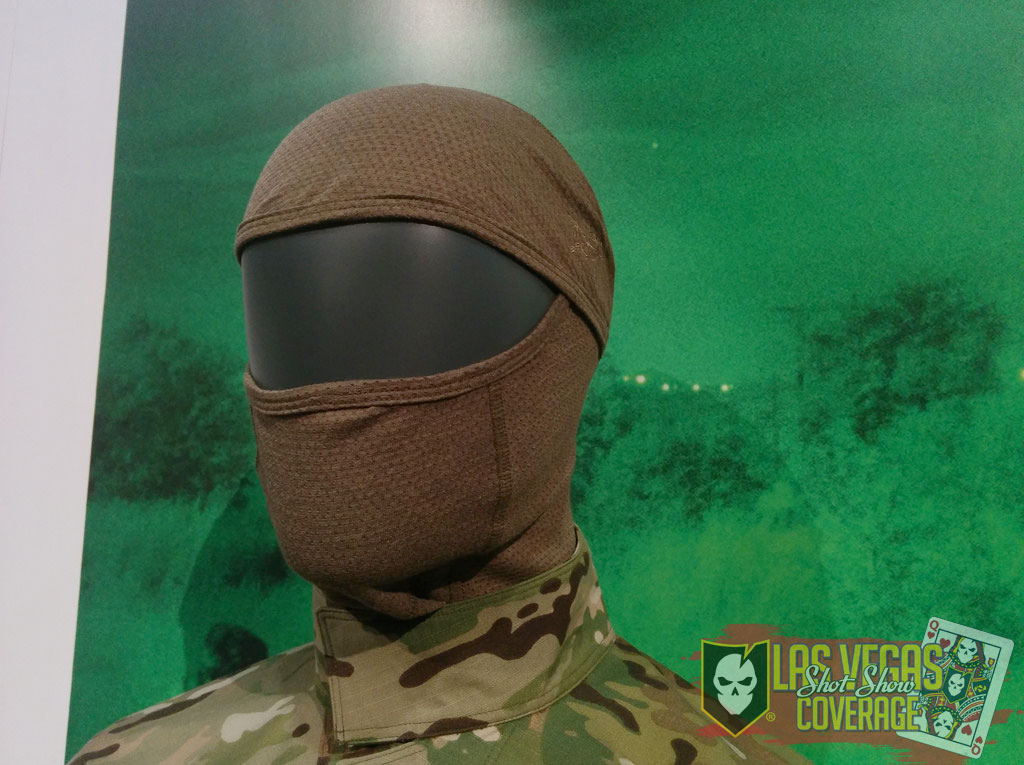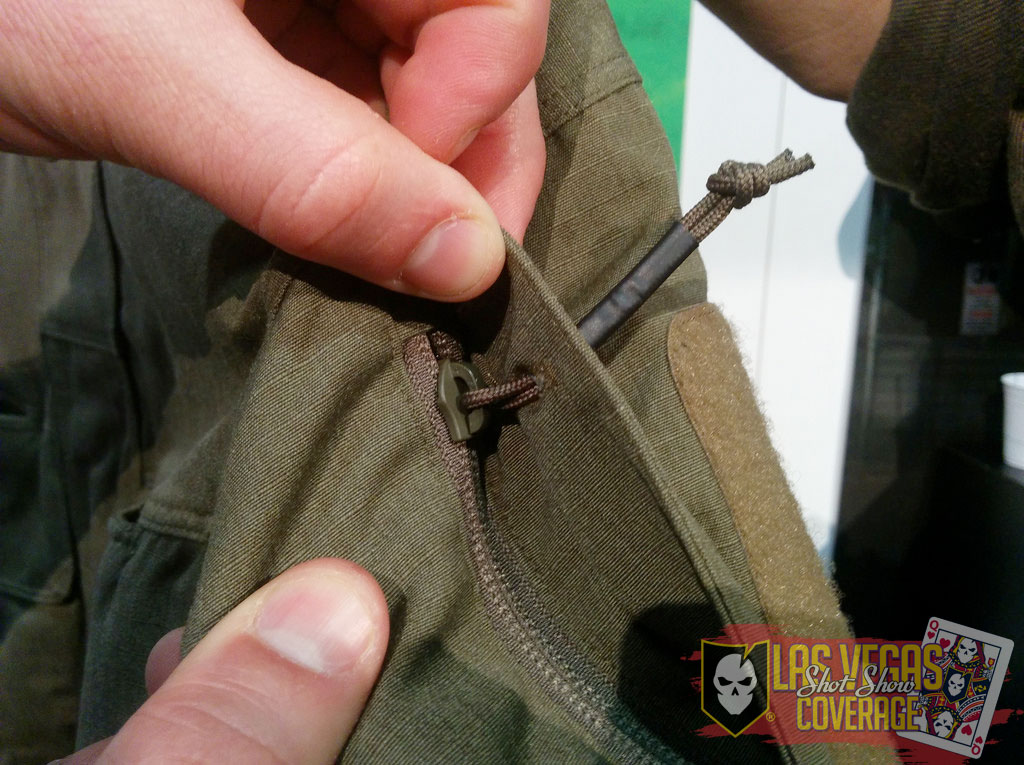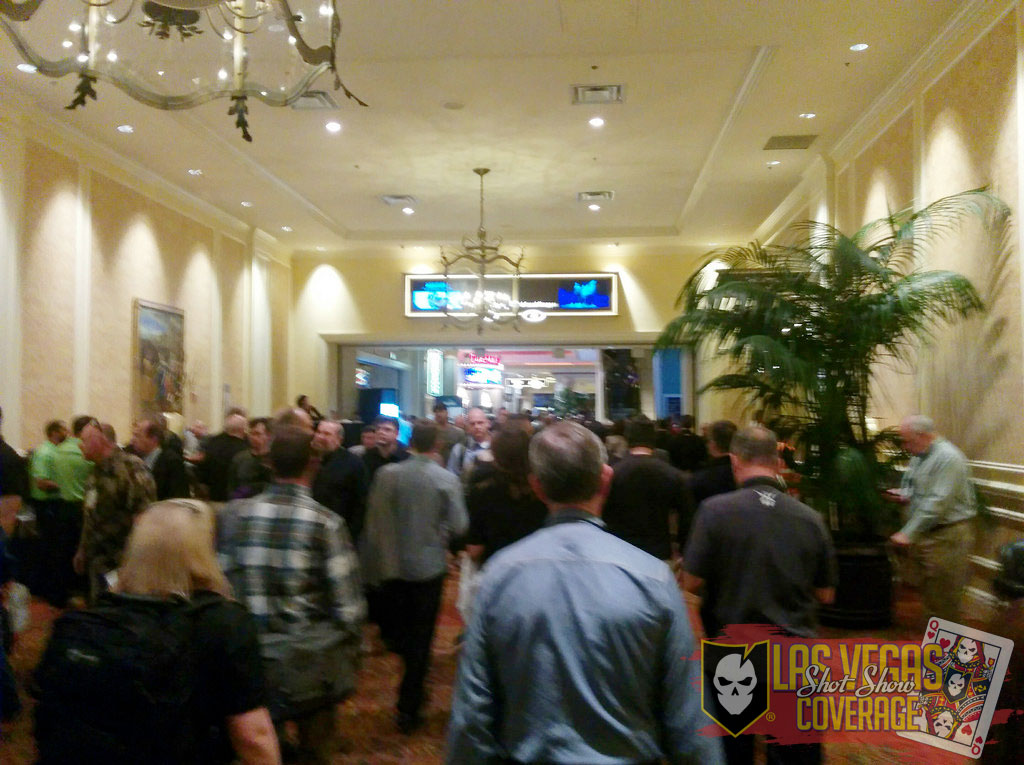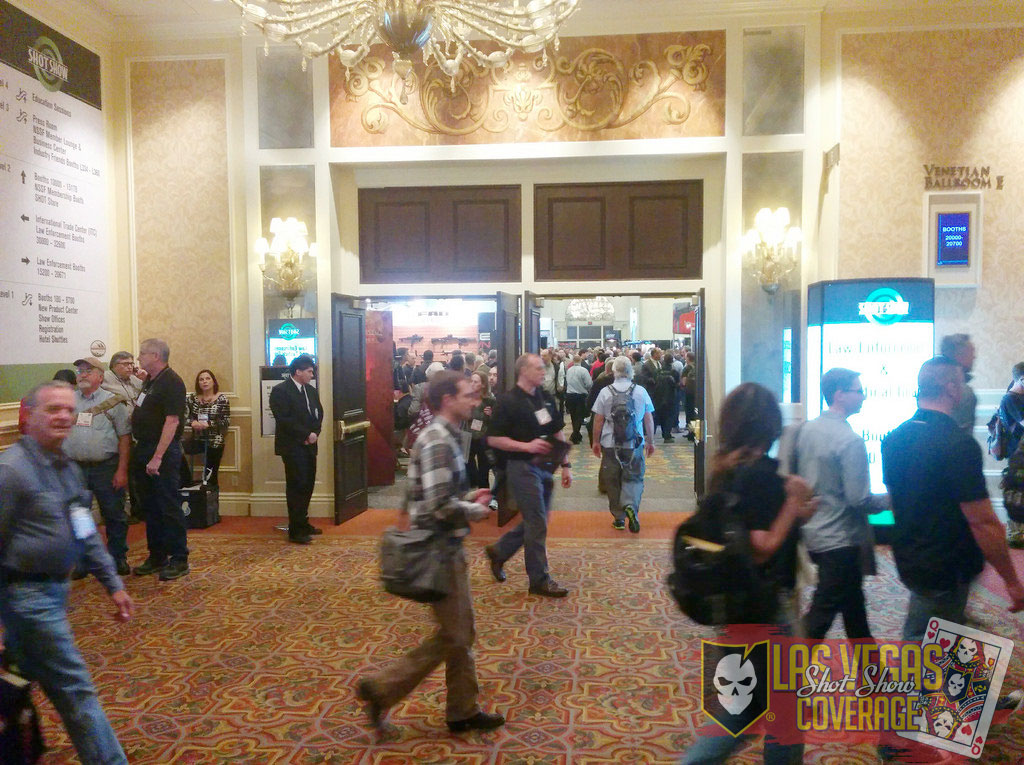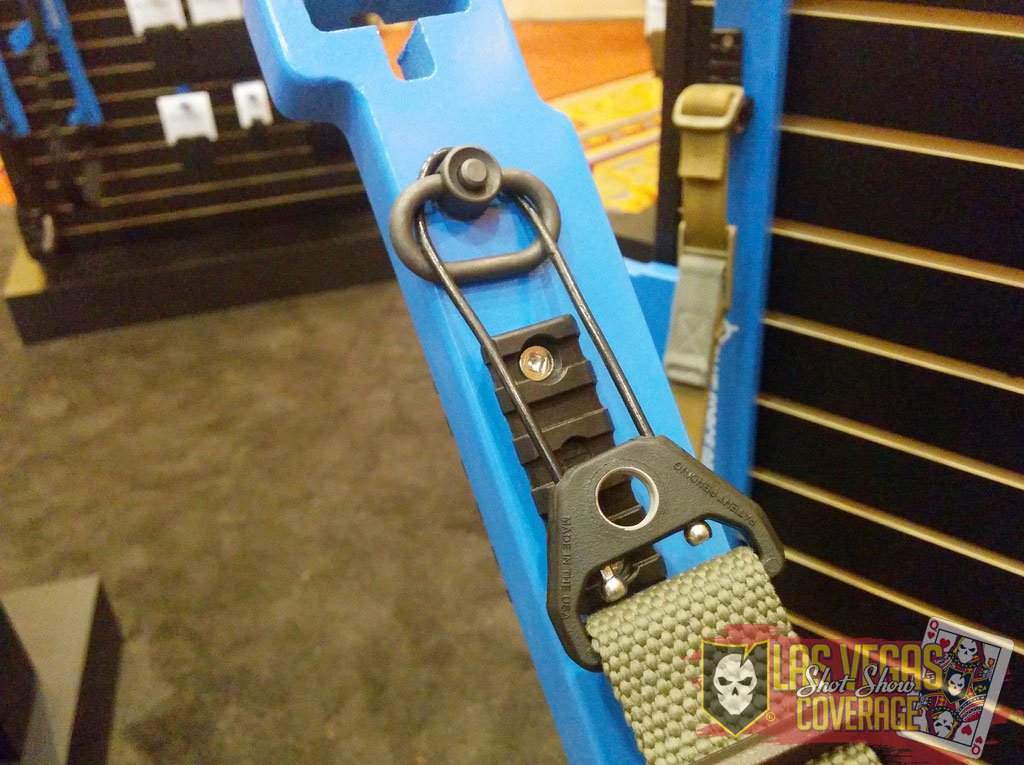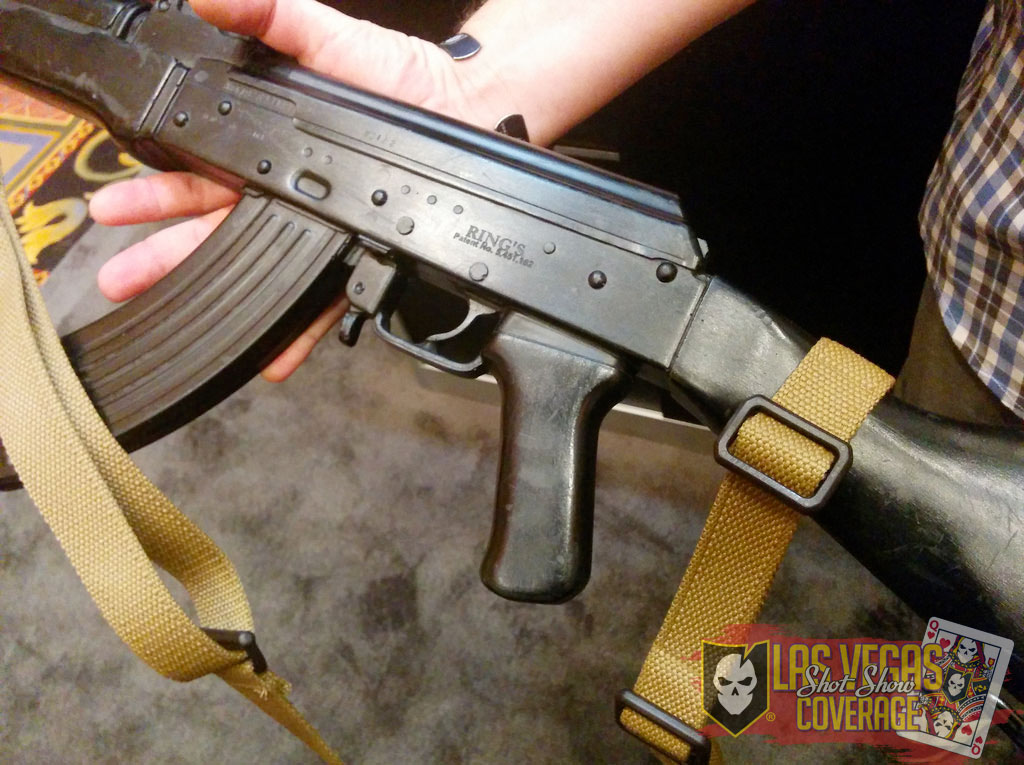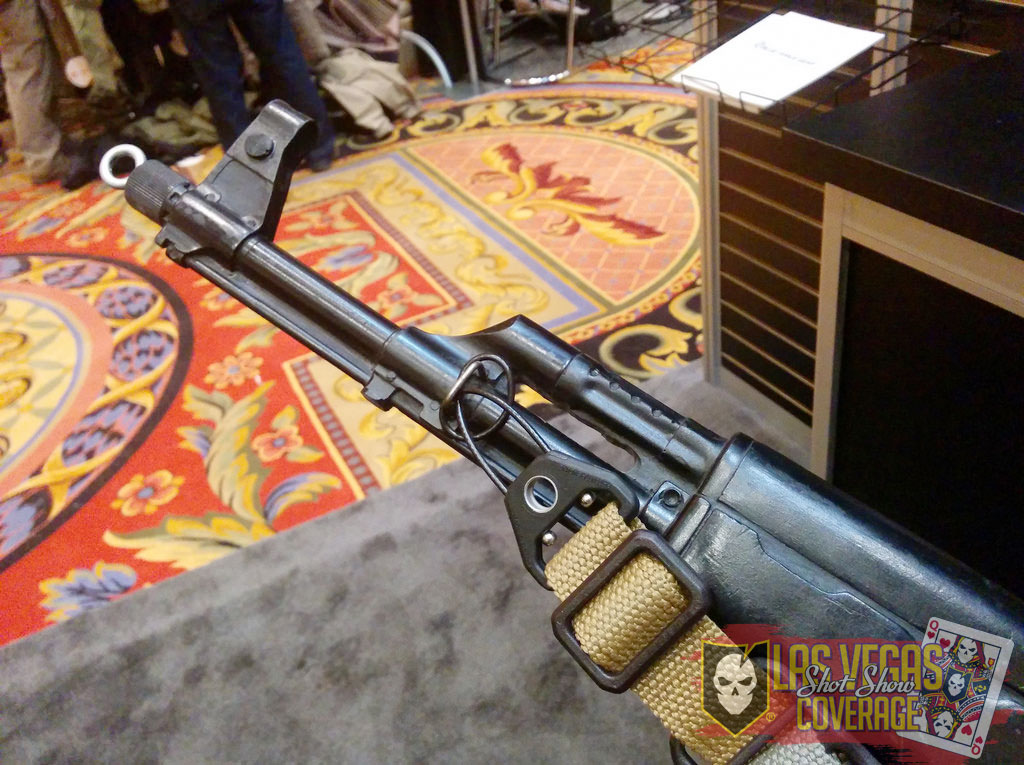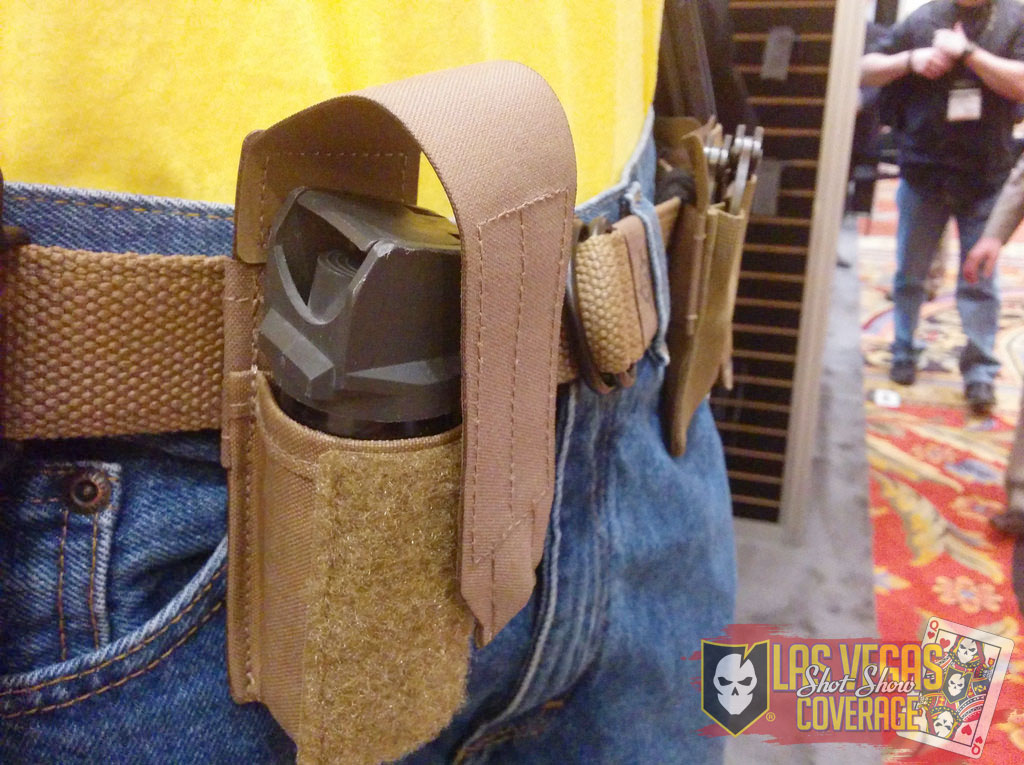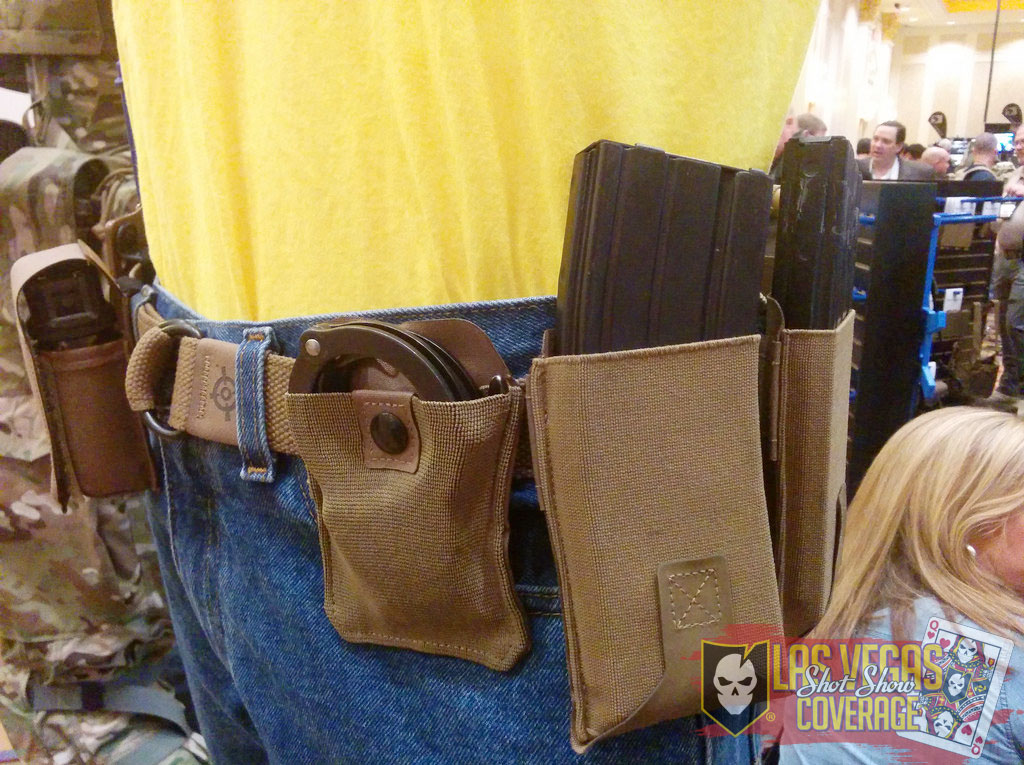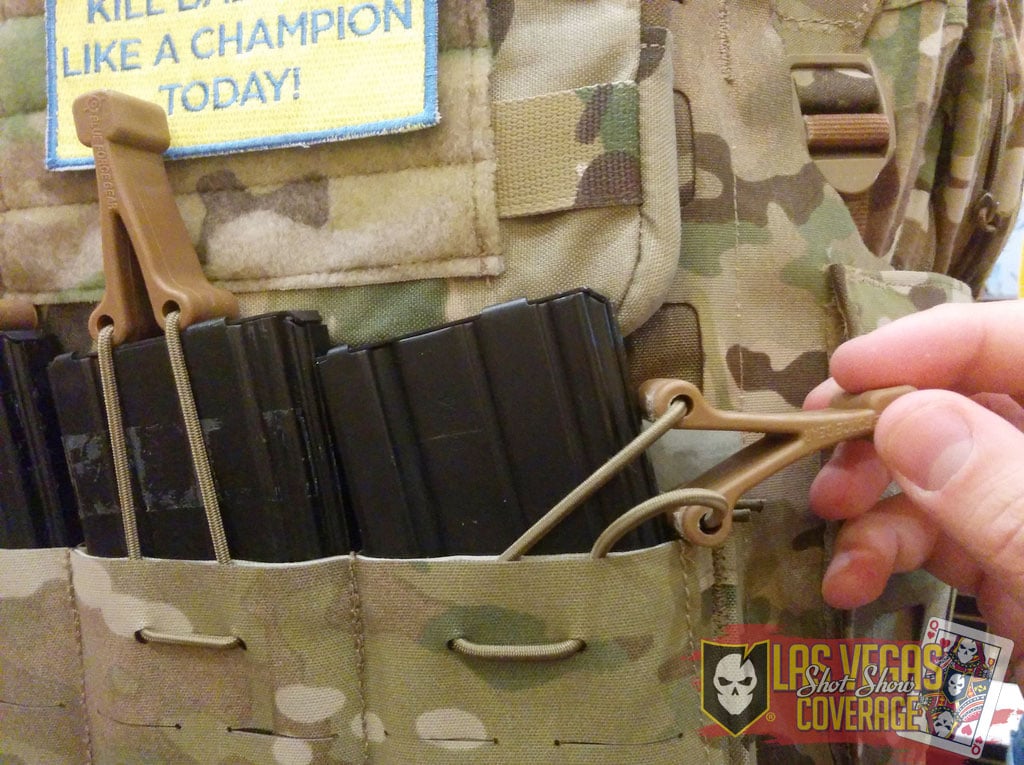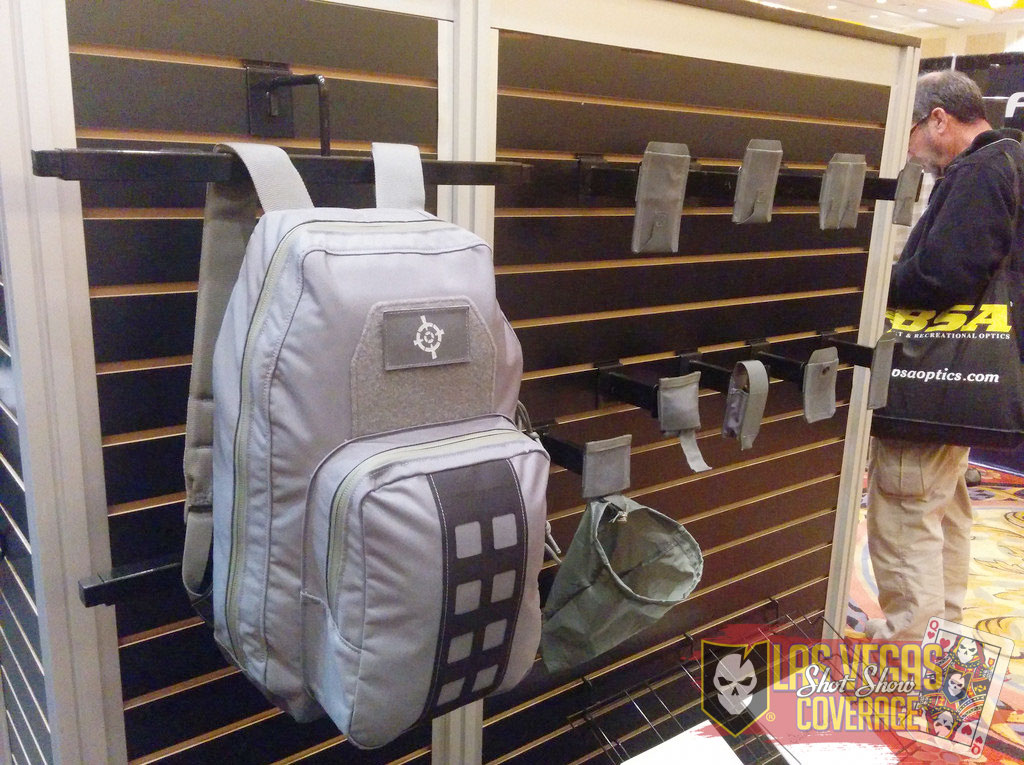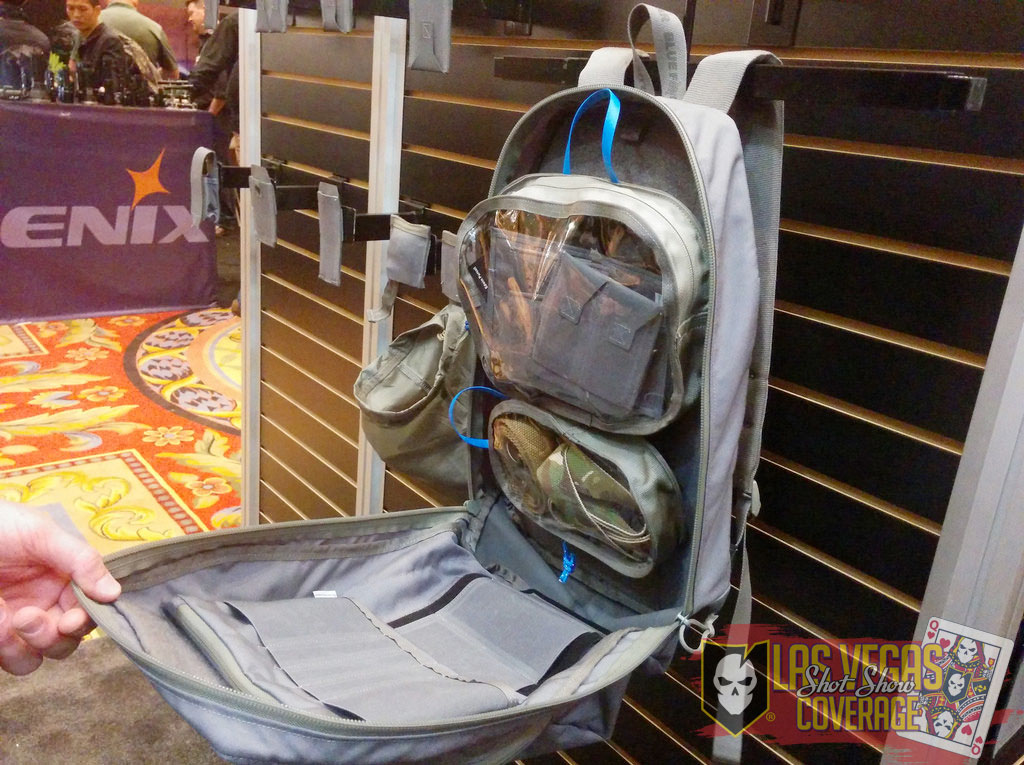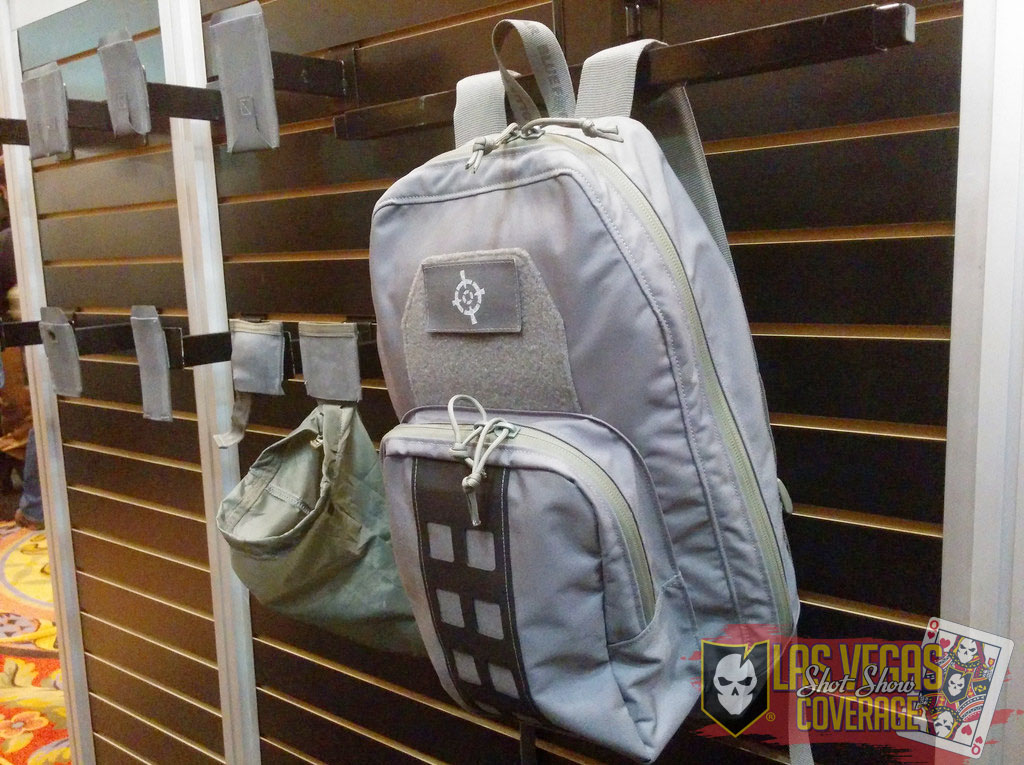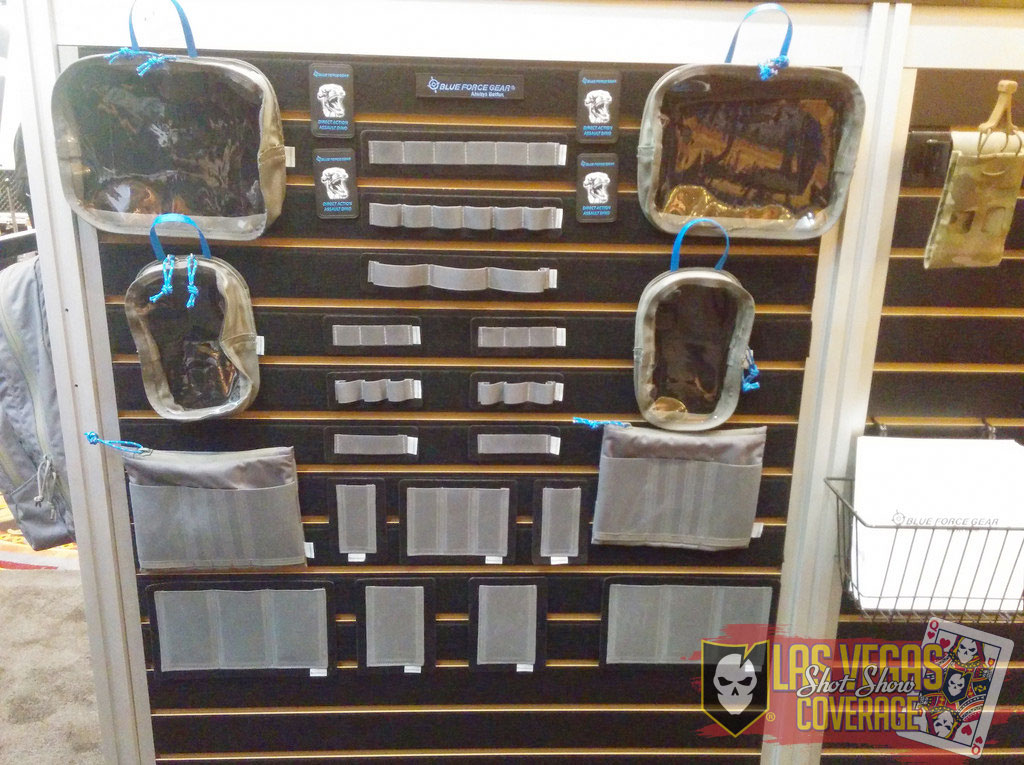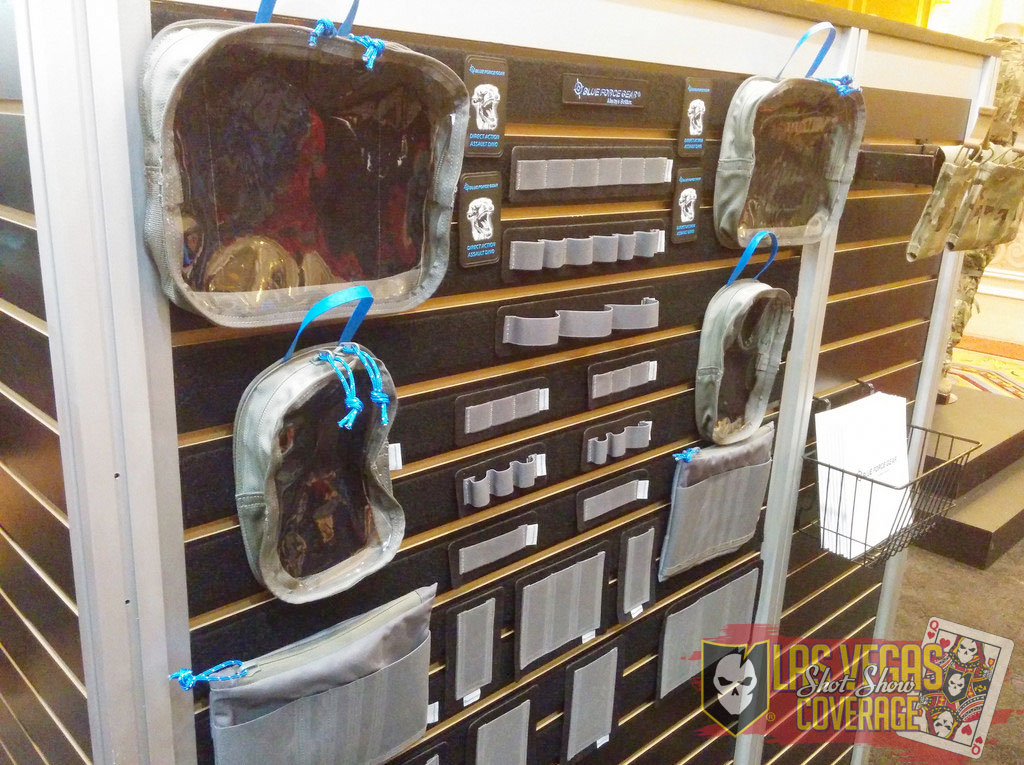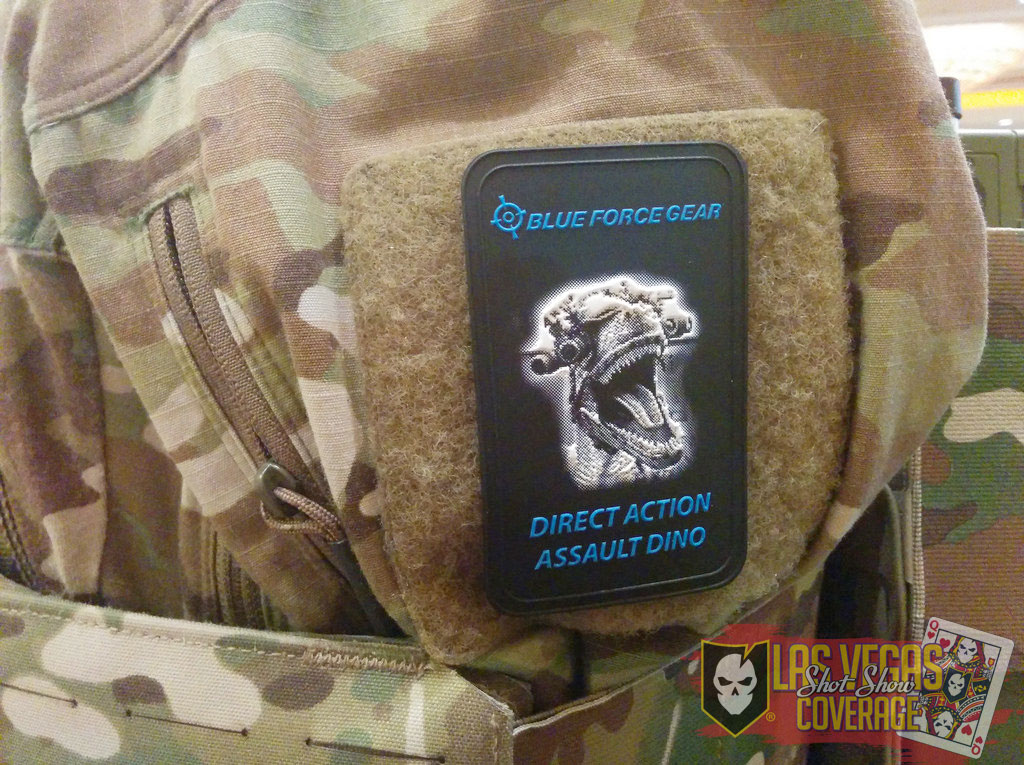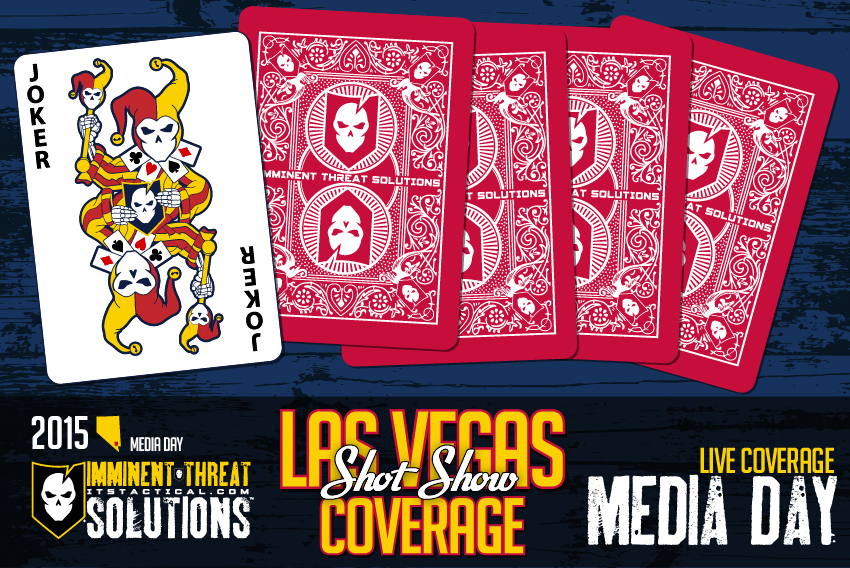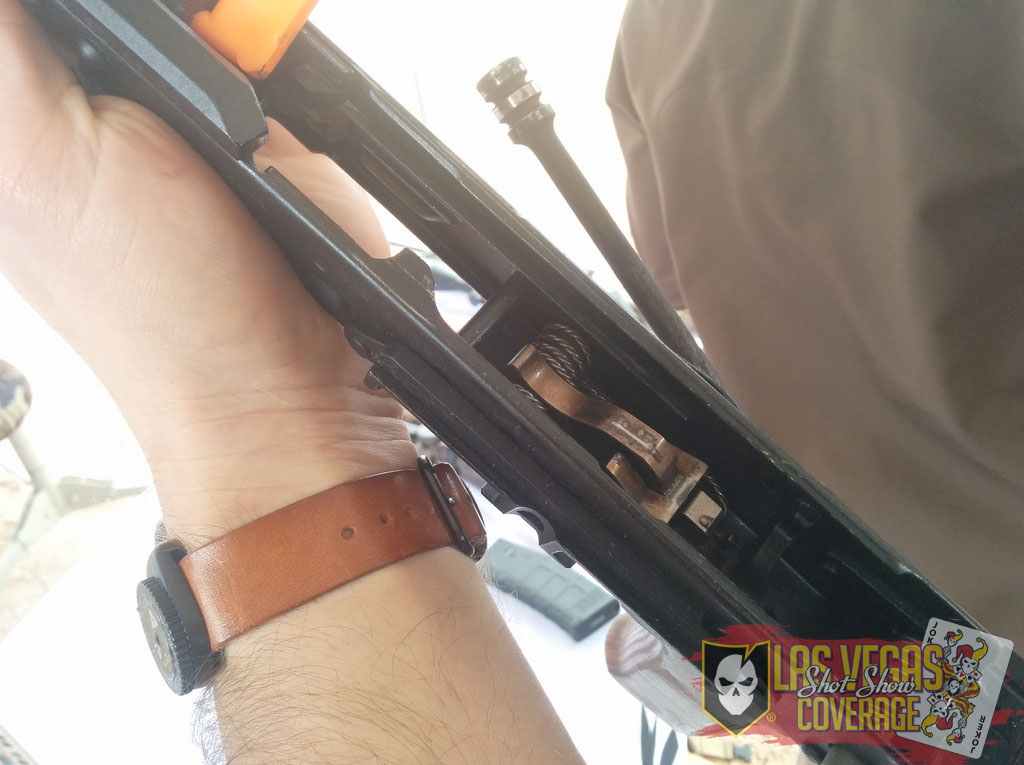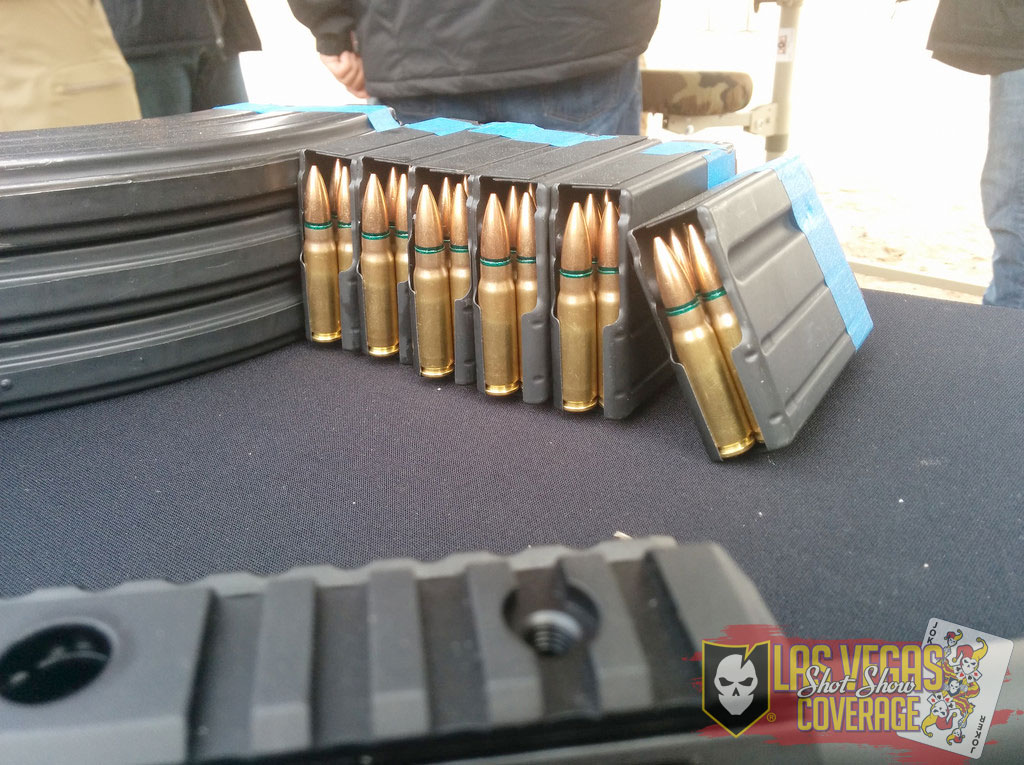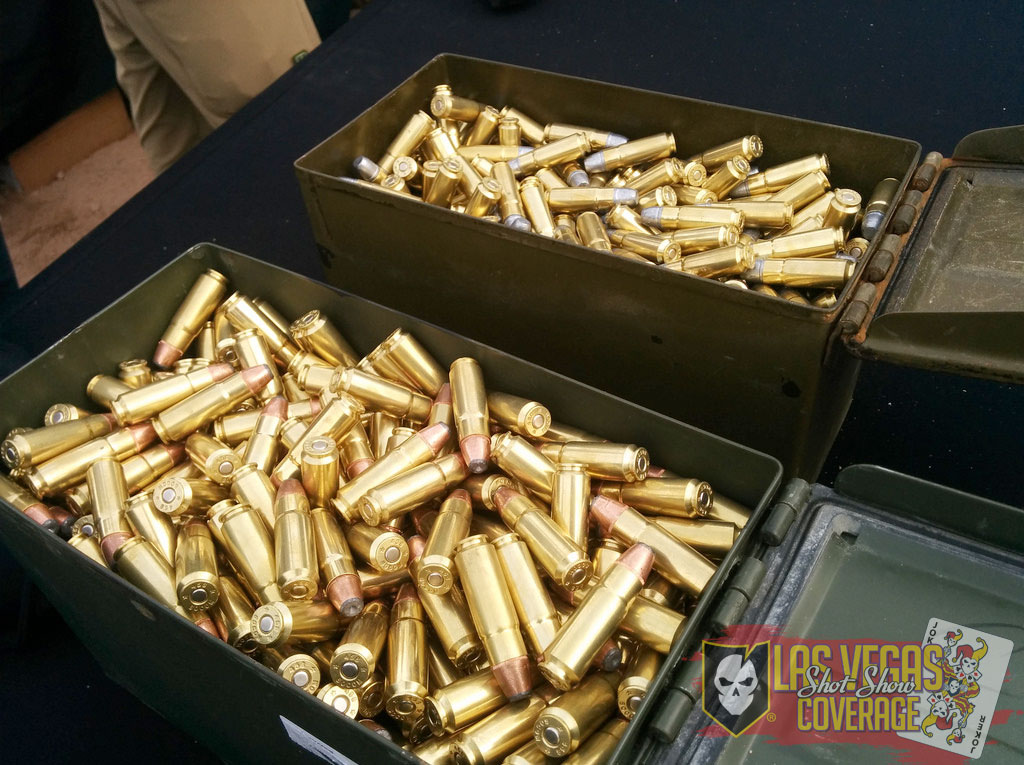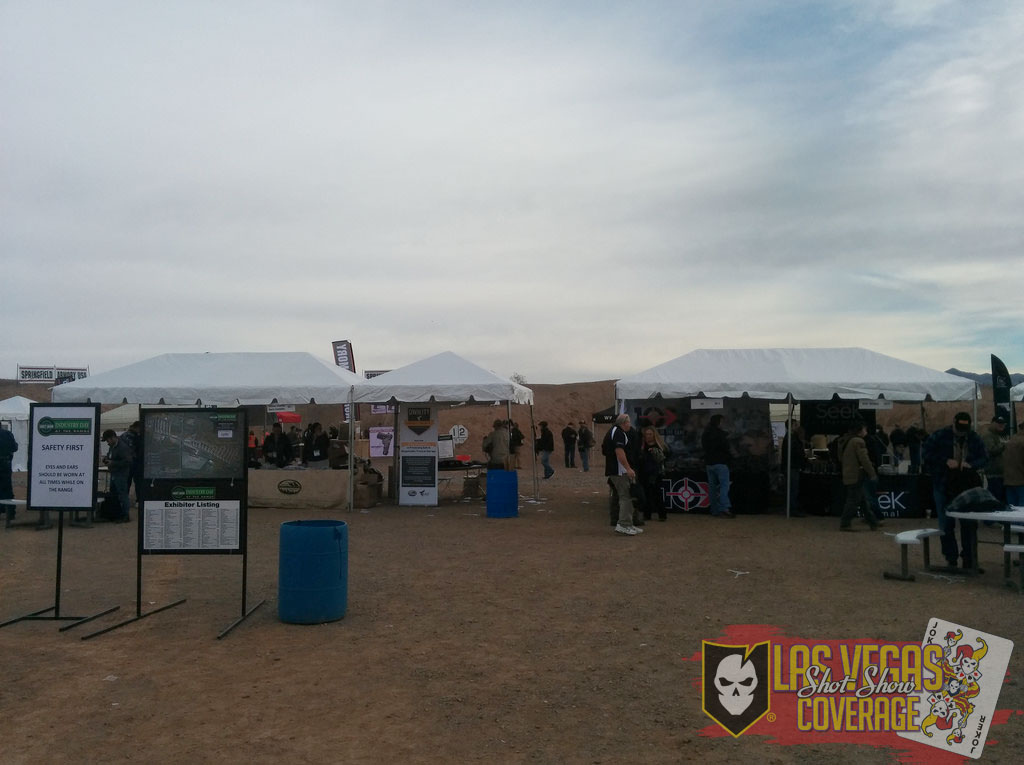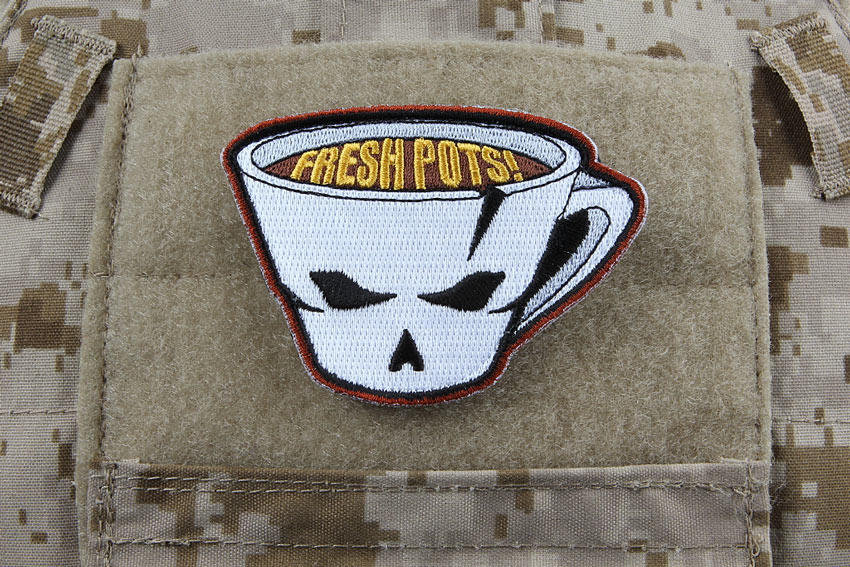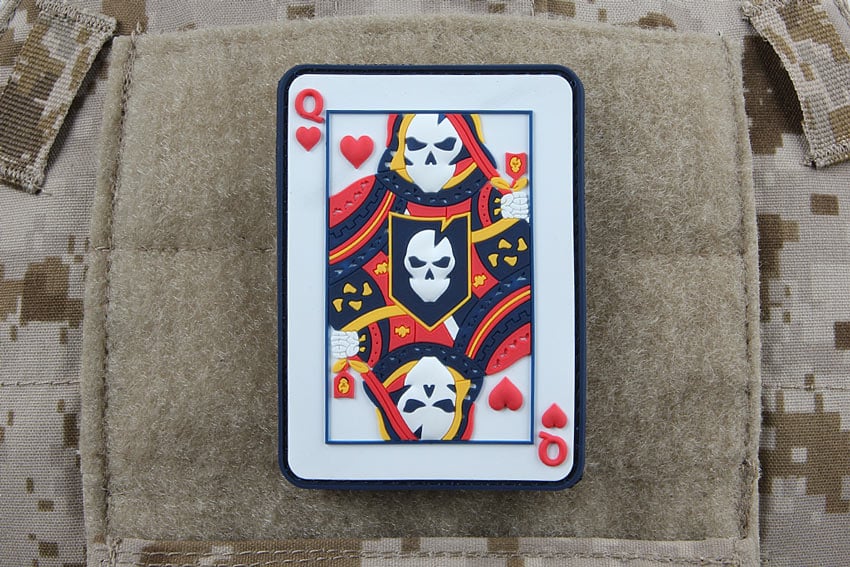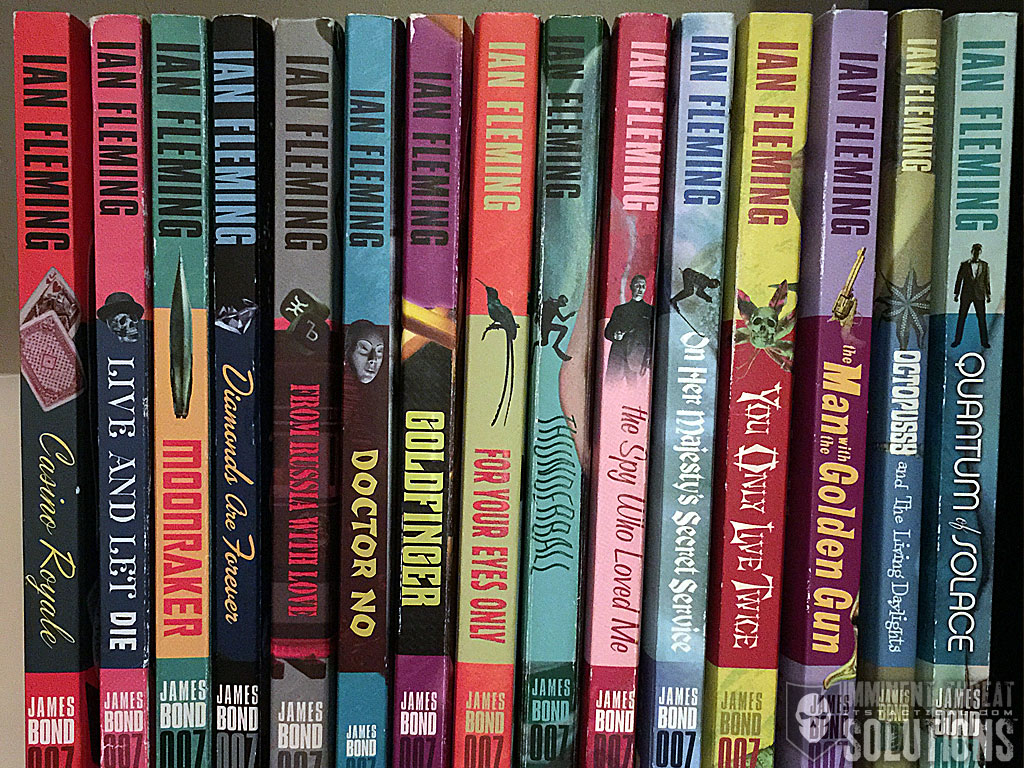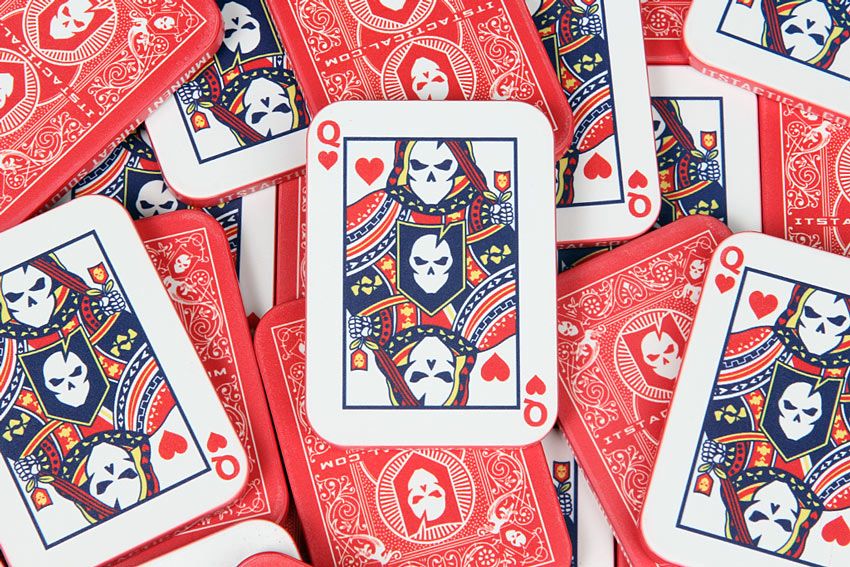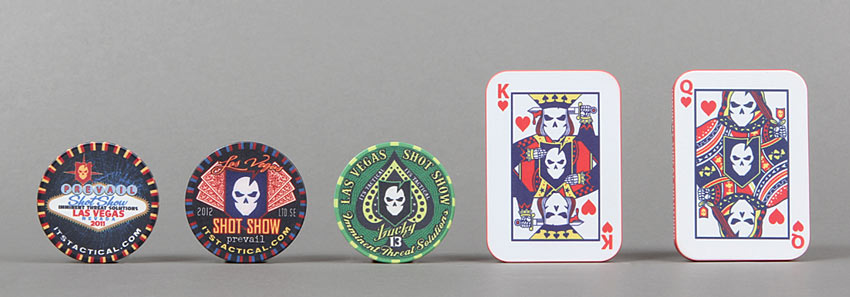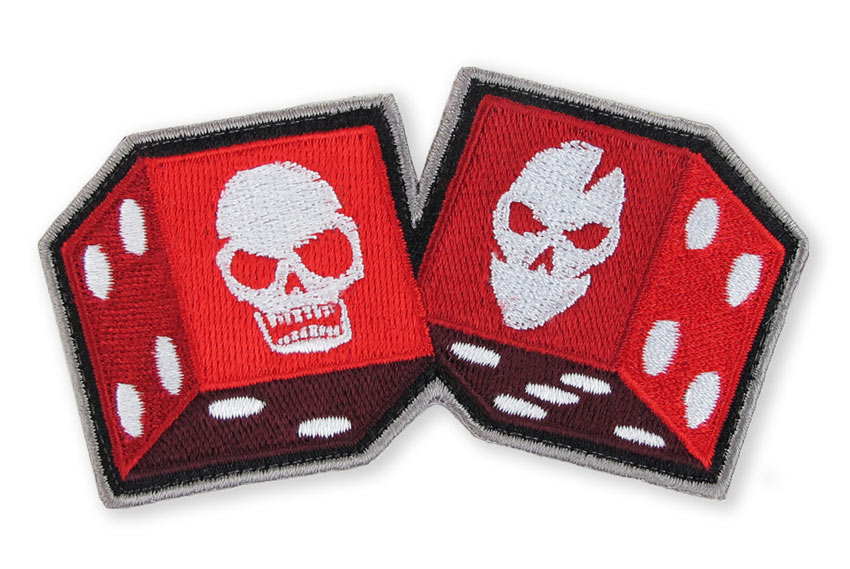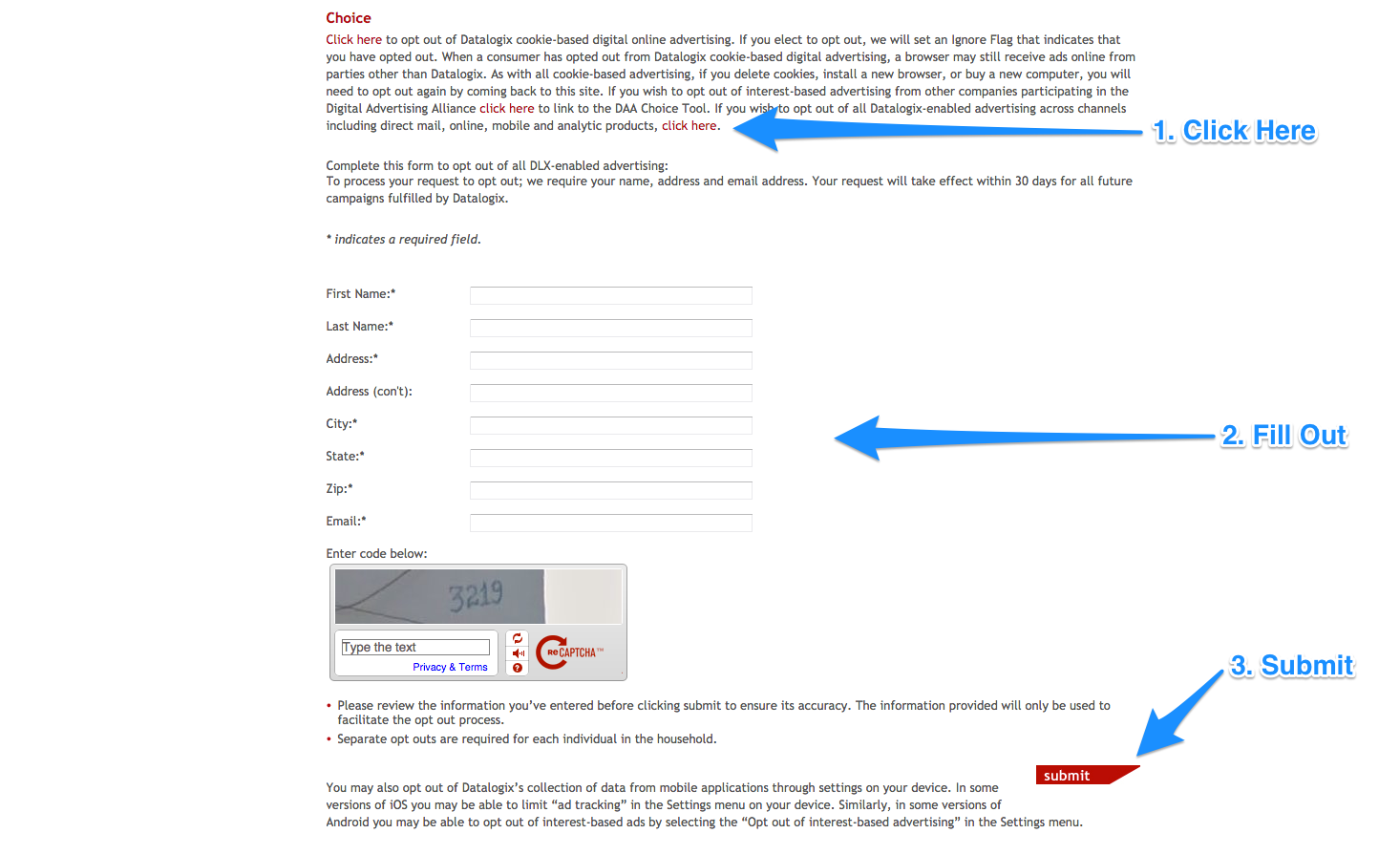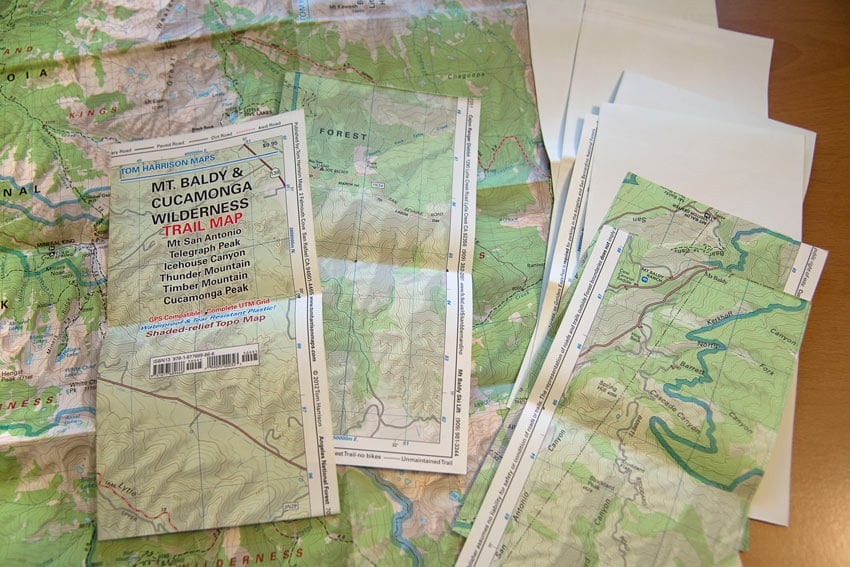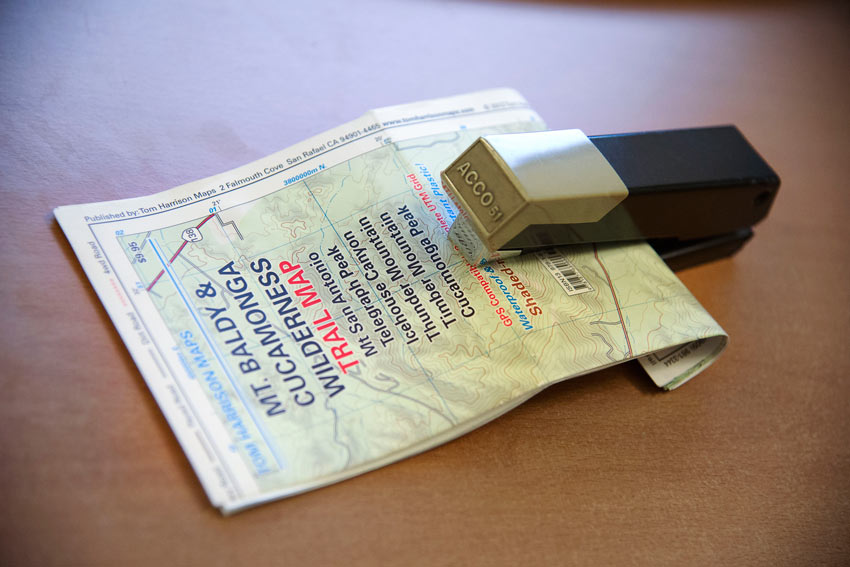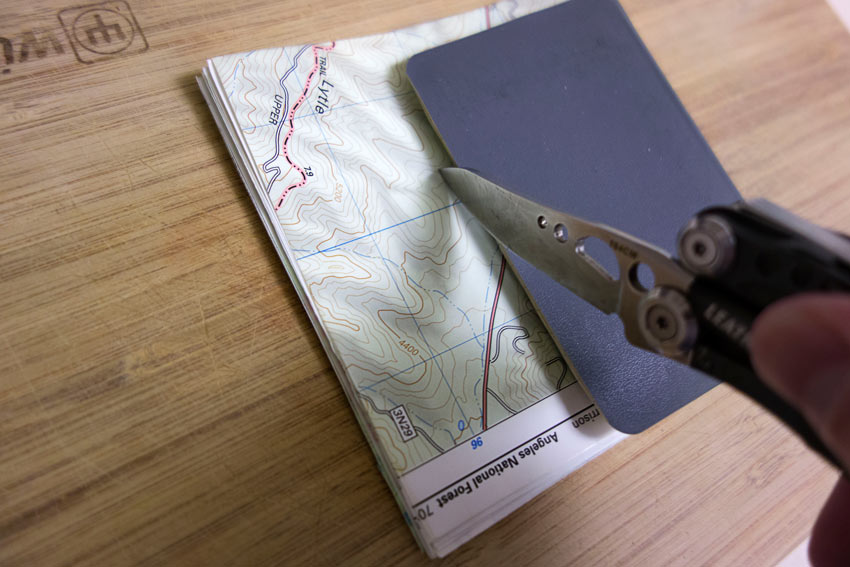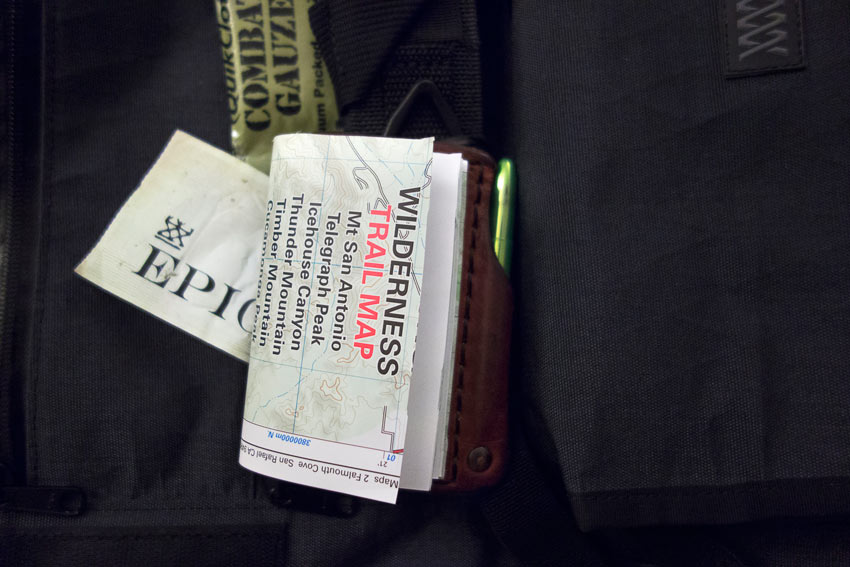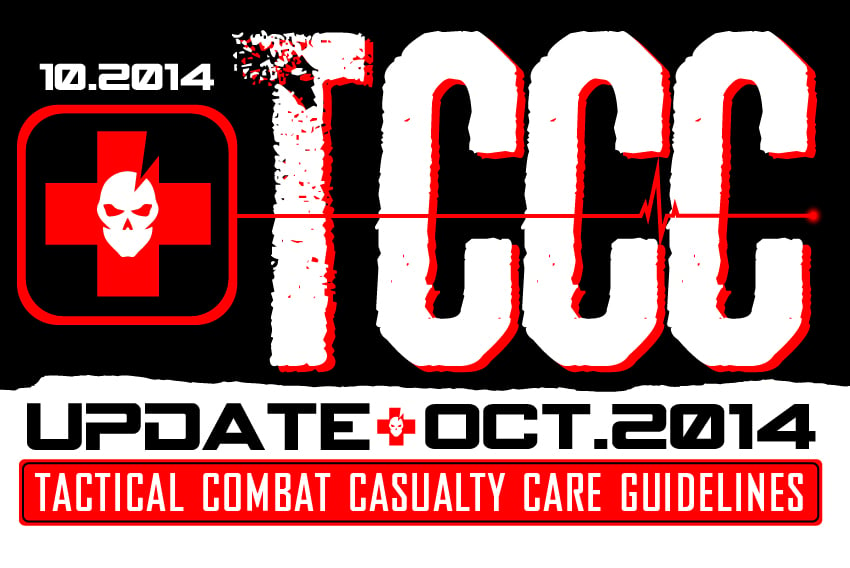
SHOT Show is the largest trade show of its kind covering shooting sports, outdoor, hunting and law enforcement industries. Stay tuned for live coverage coming straight from the 2015 SHOT Show floor.
This post will update throughout the day as our coverage continues, so check back often for all the awesomeness! All new content will be posted at the top so there’s no need to scroll down, simply keep refreshing the page to view posts as we send them in.
–1621– Day Two of the 2015 SHOT Show is a wrap! Stay tuned for more coverage tomorrow! ^MP
–1559– Found a few things for my personal wish list. ^MP
–1526– Gerber Gear is raffling off a tomahawk, knife and pen to benefit Team Rubicon and their mission. Buy your tickets for a great cause and get an autograph from UFC Middleweight and US Army Special Forces soldier Tim Kennedy. Good luck to Caleb Causey of Caleb Causey’s Lone Star Medics! ^MP
–1432– Always a few interesting vehicles on display. Here’s a few from CanAm, Dodge and Condor. That van needs a red stripe and a spoiler though. ^MP
–1408– Phoebus Mission Light, a hands free illumination tool which is pretty trick. All lights come with a switchable white, red, and blue LEDs. Developed by a airline pilot for hands free cockpit use, this would be great for any “tactical” low light operation. Only $10.00. ^ES
–1404– The Kifaru Antero EDC pack is made from 1000D Cordura and shown here in black with a green interior for easily finding your stored items. The bag features a removable frame sheet, dual water pockets and side compression. Price is TBA but most likely in the neighborhood of $250 – $260. ^MP
–1355– The new Kifaru Mountain Rambler Pack has a 2800 ci capacity and a full retractable gun scabbard. The separate back from frame construction allows for modular adjustment to evenly distribute weight. ^MP
–1332– This is the rifle that went through the Daniel Defense M4 Torture Test. For two days, they threw everything they could at it. Check out more at DanielDefense.com. ^MP
–1323– Checking out the new left and right handed 9mm AR’s from Stag Arms. Also pretty slick is the DiamondHead VRS-T handguard. ^MP
–1137– I wonder how many miles we cover on the show floor each year? ^MP
–1132– I’ve had the McNETT Tactical Camo Form on my rifle for about 9 months and it’s still going strong. It cuts down the the heat on my forend and gives a nice grippy textured feel. ^ES
–1125– The Frontier Max Filtration System from Aquamira is an inline system the filters out viruses. The replaceable filter is good for 120 gallons and it’s BPA and Iodine free. Also adapts for use with bottles, hydration bladders, gravity and DIY systems. Made in the USA. ^MP
–1113– The new FR PIG Gloves from SKD Tactical feature the same incredible dexterity as their current Alpha and Alpha Touch models but will soon be available towards the end of the year in this FR variant with touch sensor capability. Price should be around $70-80 but check back in the coming months. Also check out our review of the PIG Full Dexterity Tactical Alpha Gloves as they’re an ITS HQ staff favorite. ^MP
–1051– SilencerCo may very well have the coolest booth in the entire SHOT Show floor. If you’re here, make sure to stop by and check things out. They’re giving away a free Salvo12 and Omega suppressor every day too. ^MP
–1034–This is the Direct Action Medical Bag from Tribalco. Part of the TICS program or as a stand alone bag. Slim and trim which is great for vehicle use and can be mounted directly to body armor with removable shoulder straps. Retail is $275 and it’s available now. ^ES
–1014–
–1010– EOTech’s new models the 518 and 558. Featuring a quick detach lever, 65 MOA ring with 1MOA dot. Both fit weaver and 1913 rails. The battery life has been an issue but these claim 1000 hours lithium. The 558 is NVG compatible. ^ES
–0942– The BattleComp 51.0 is a one-piece unit manufactured from 17-4PH Stainless Steel. The 51.0 will integrate with those suppressors using an AAC 51T-style interface. This suppressor variant is only available in 5.56 caliber at the moment. The BC51.0 comes with a Black Oxide finish only. 100% made in the USA. Possible other new products coming later in the year are some rifle and handgun barrels as well as handgun slides. ^MP
–0923– Accuracy International makes some incredible rifles for various military and law enforcement branches around the world. ^MP
–0904– Getting ready to start Day Two of the 2015 SHOT Show. We’ll be walking around the show floor and if you see us, be sure to say hi! ^MP
Looking for more coverage?
You can also follow along through Twitter, Facebook, Instagram and Google+.
Don’t forget that all orders placed in the ITS Store during the week of SHOT Show will get a free limited edition ITS Casino Plaque! Offer ends 1/23/14 11:59 EST, while supplies last.
